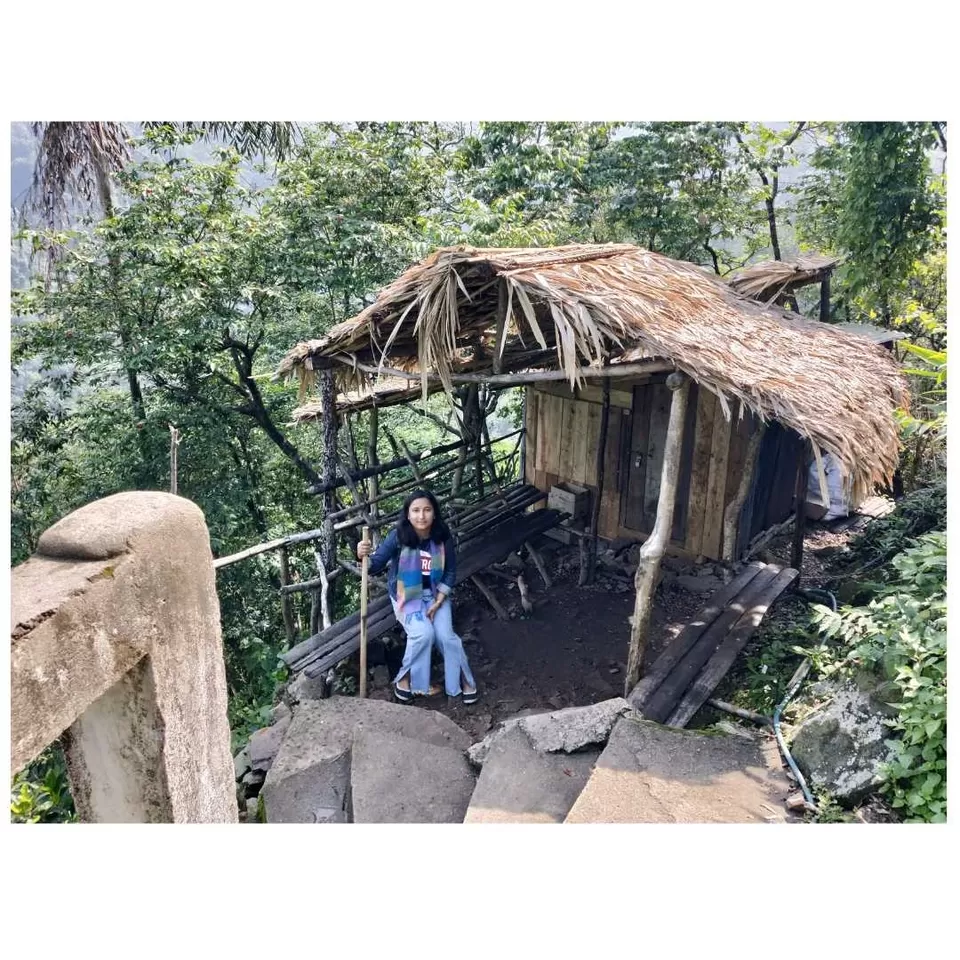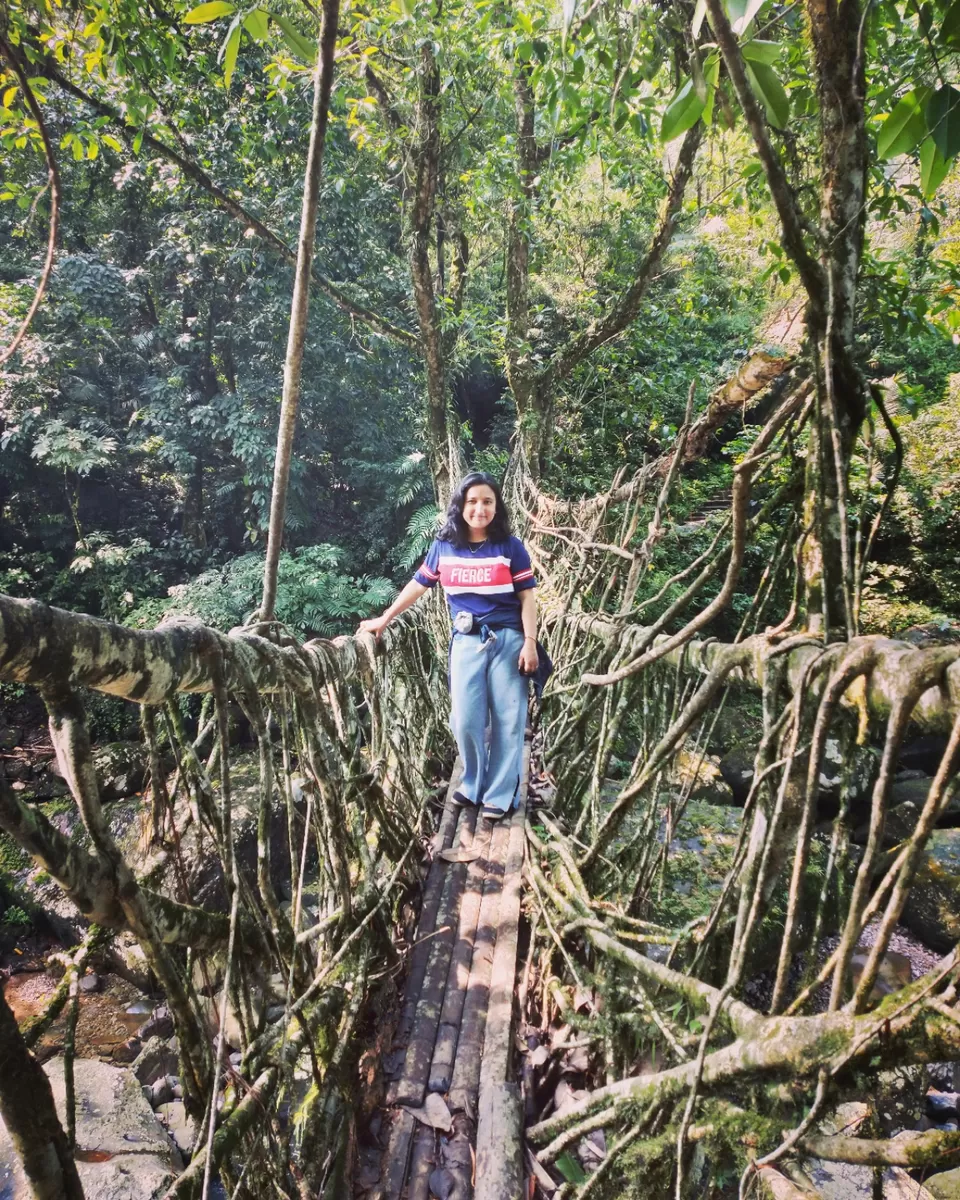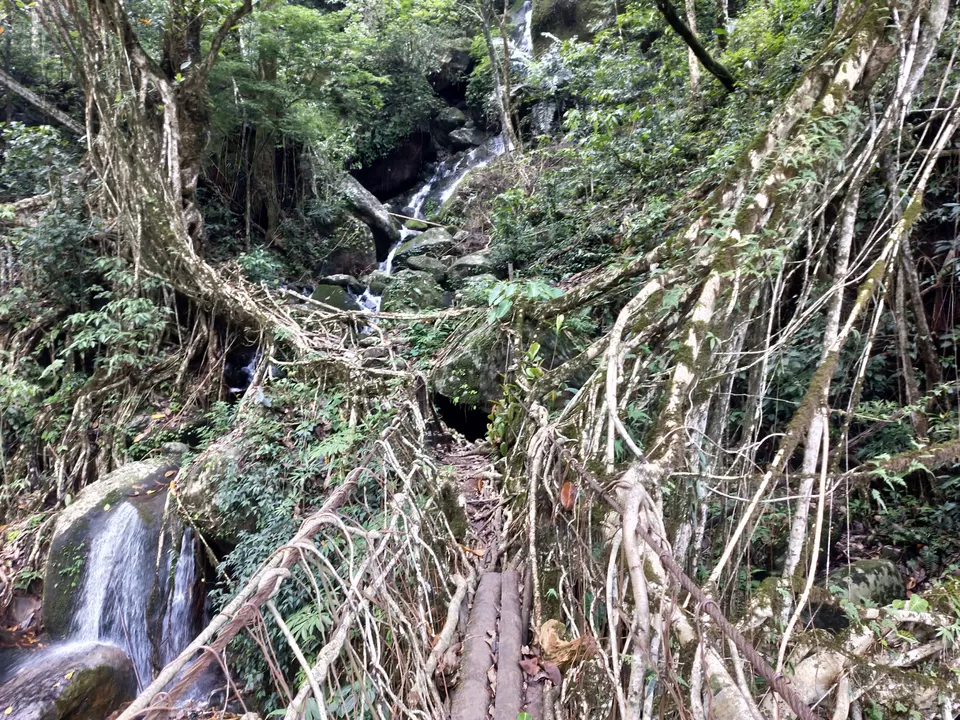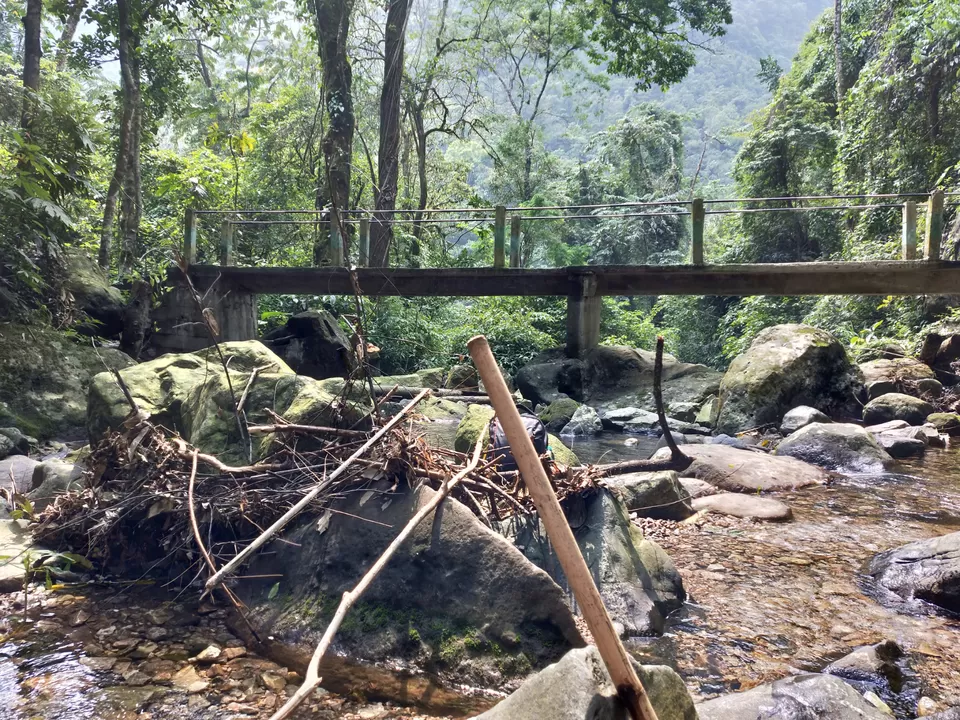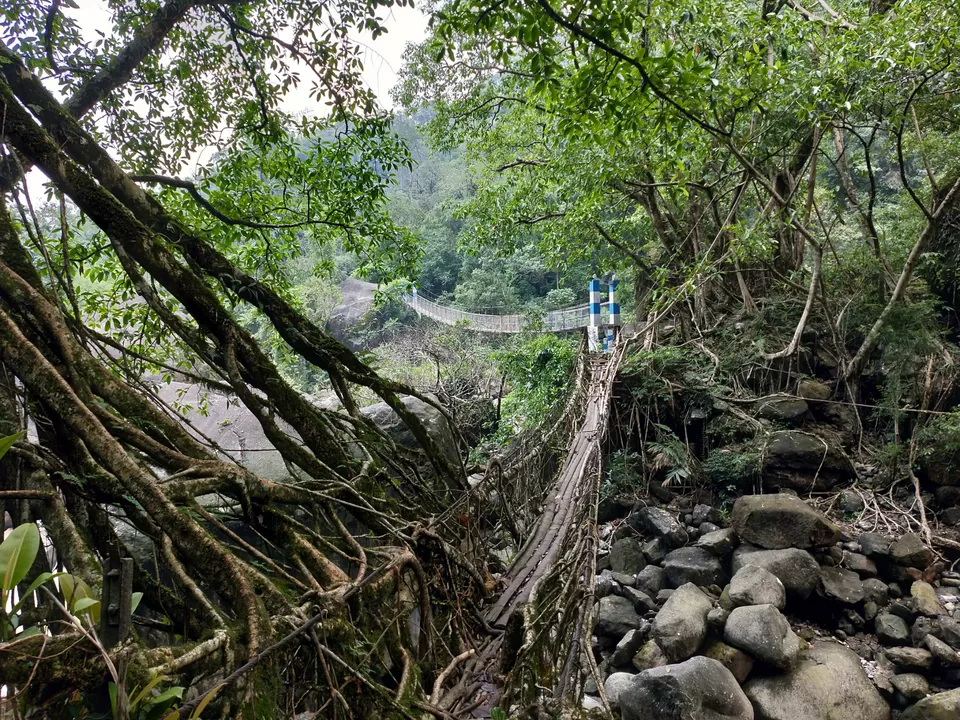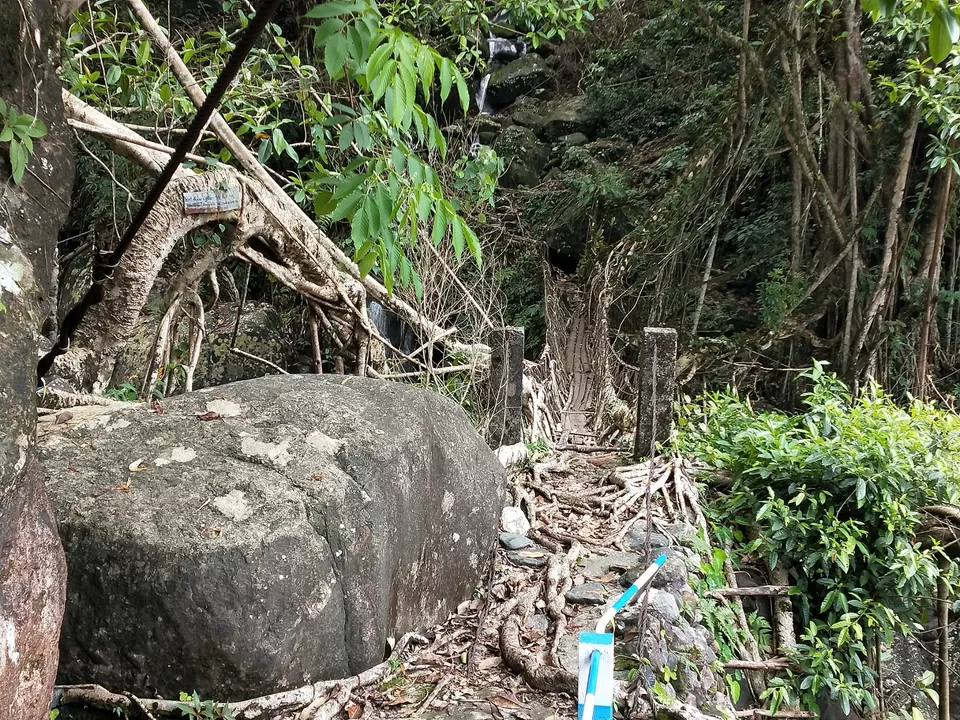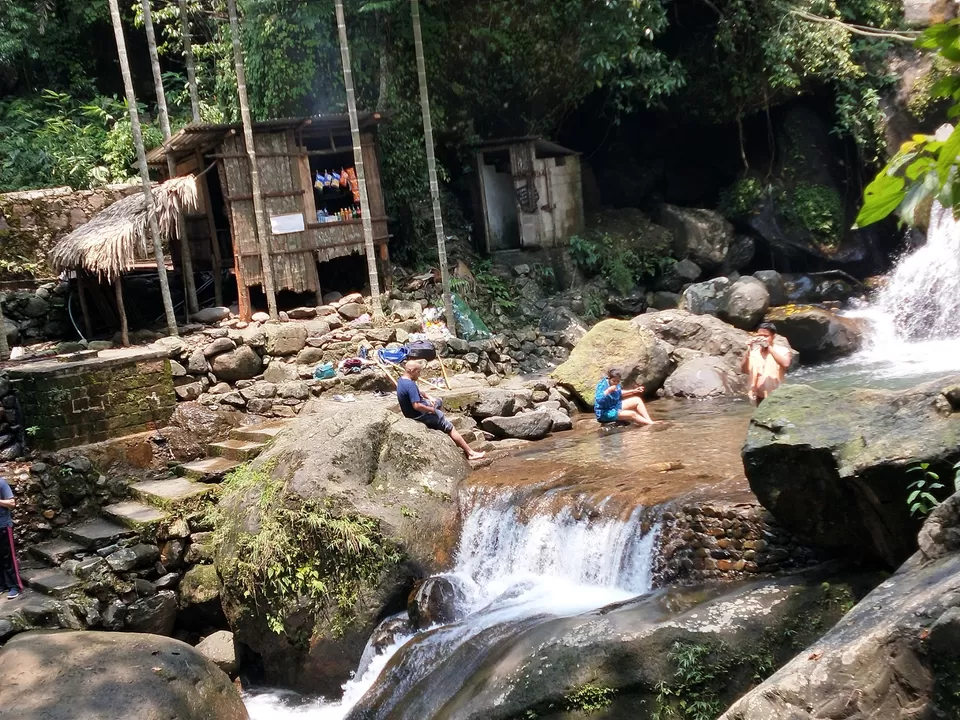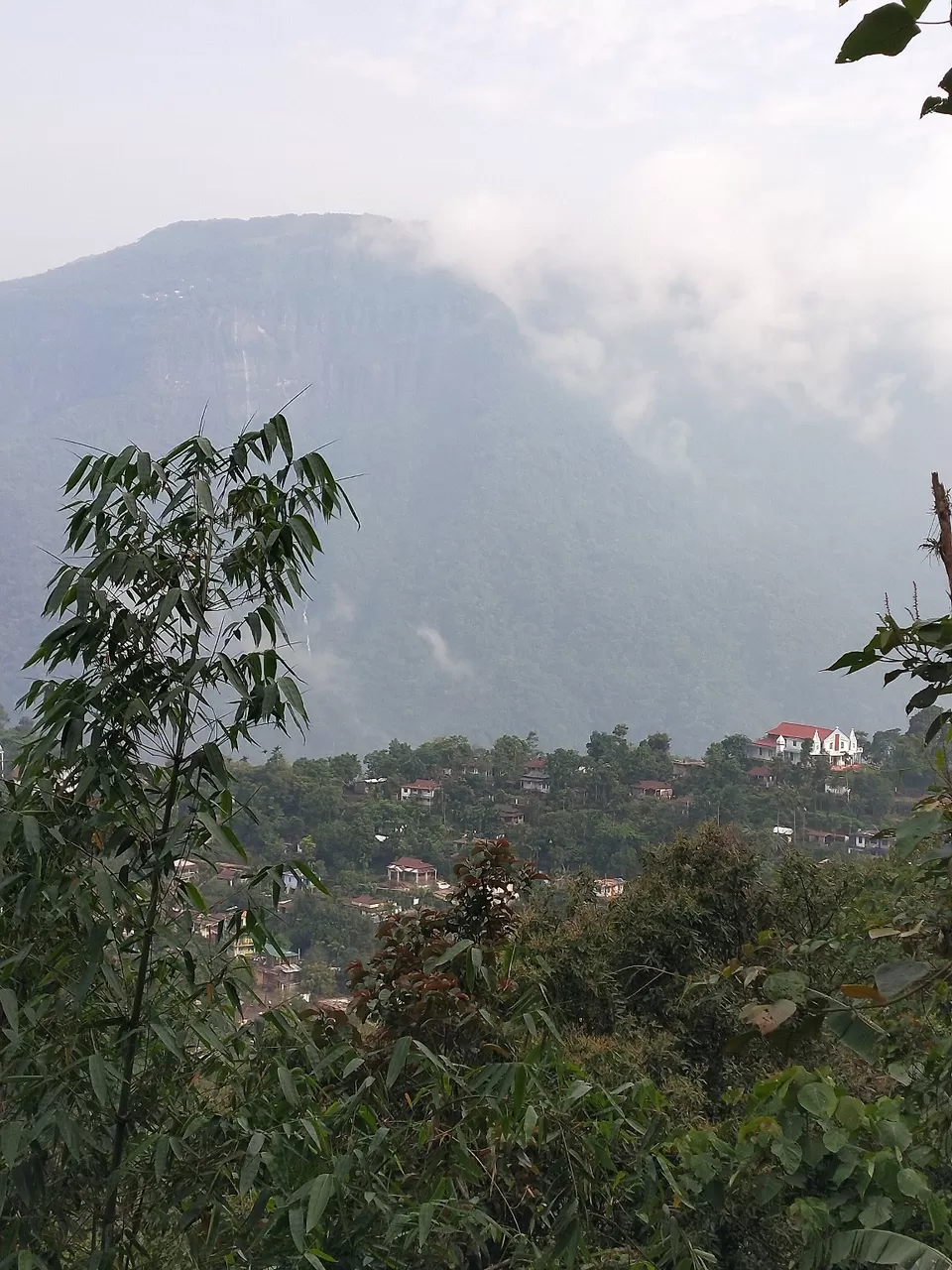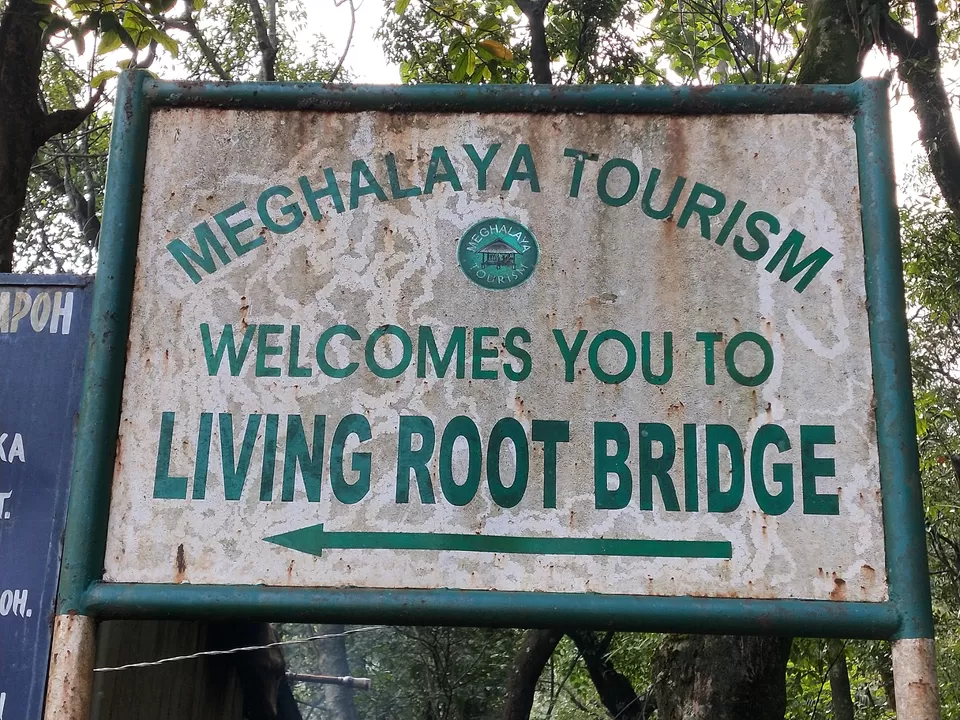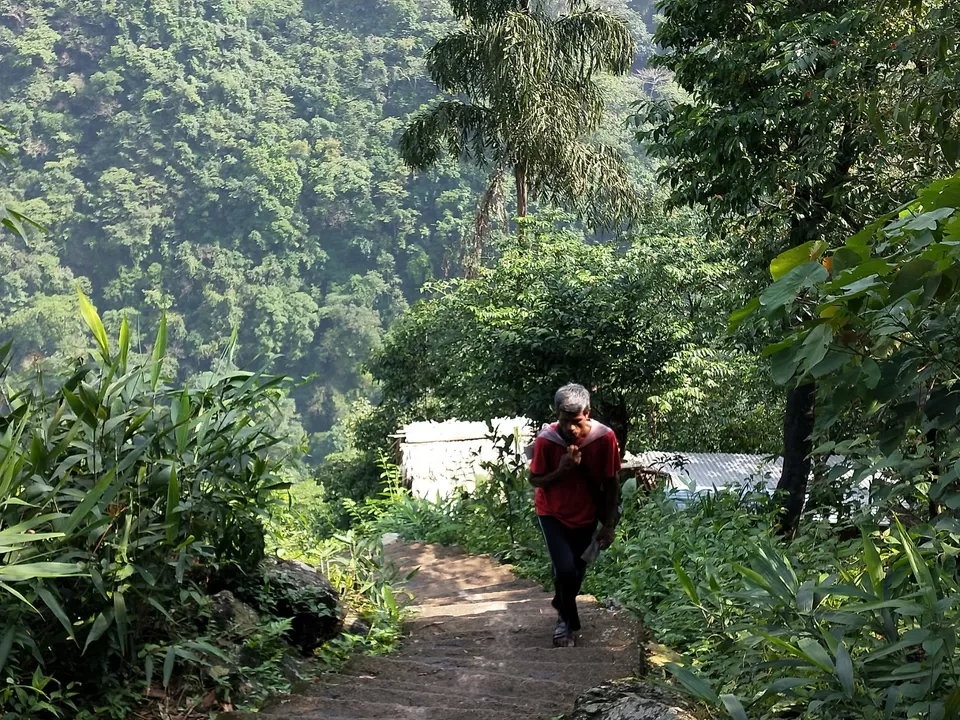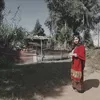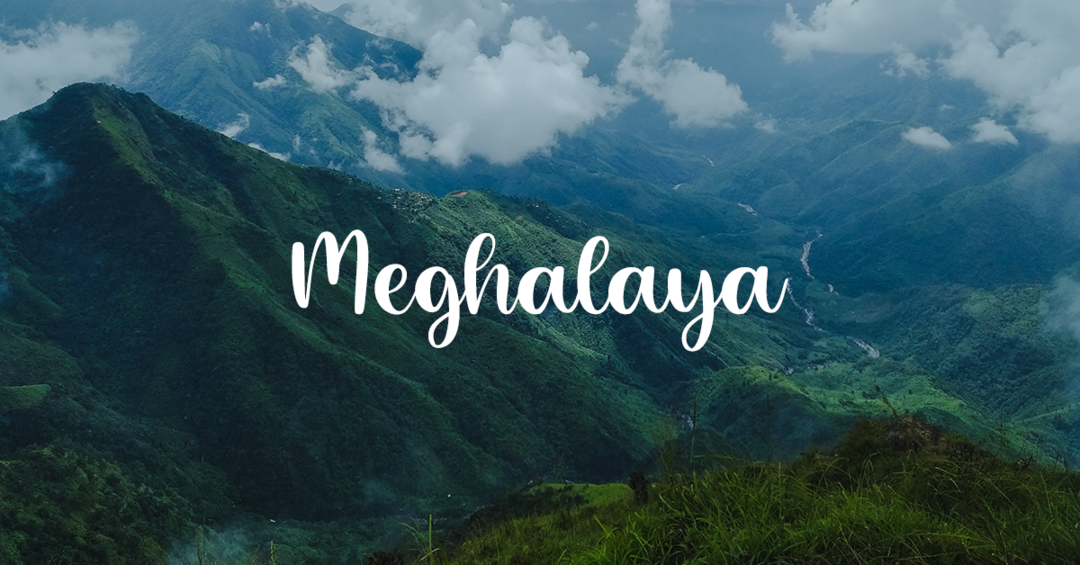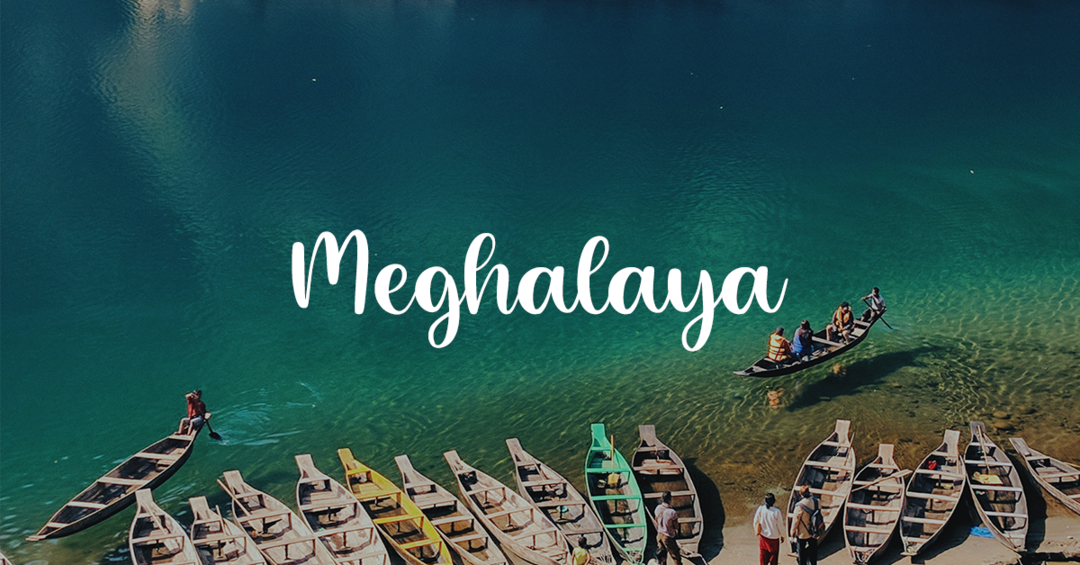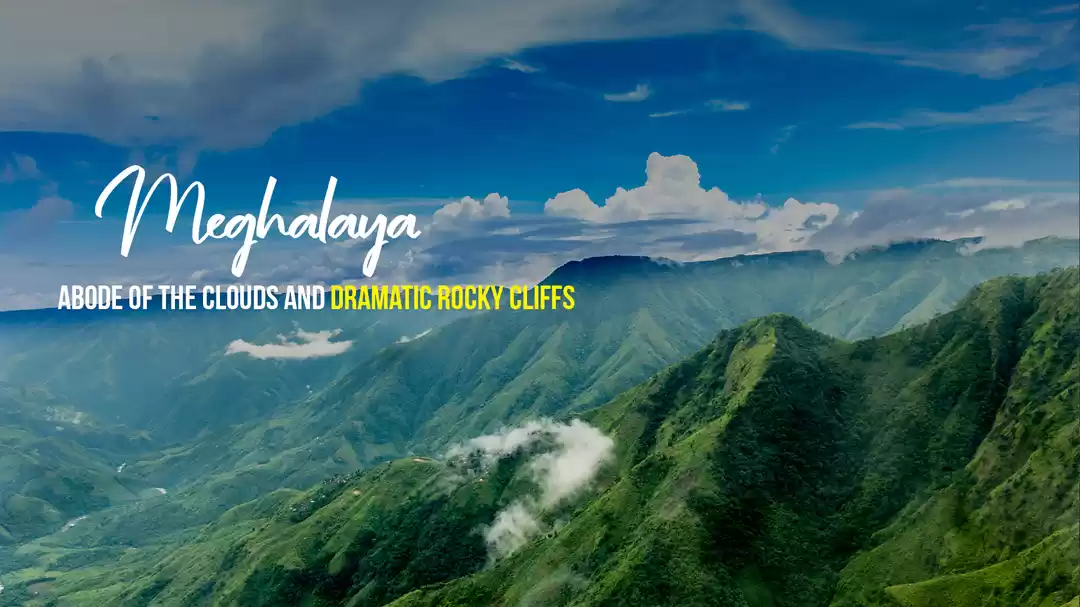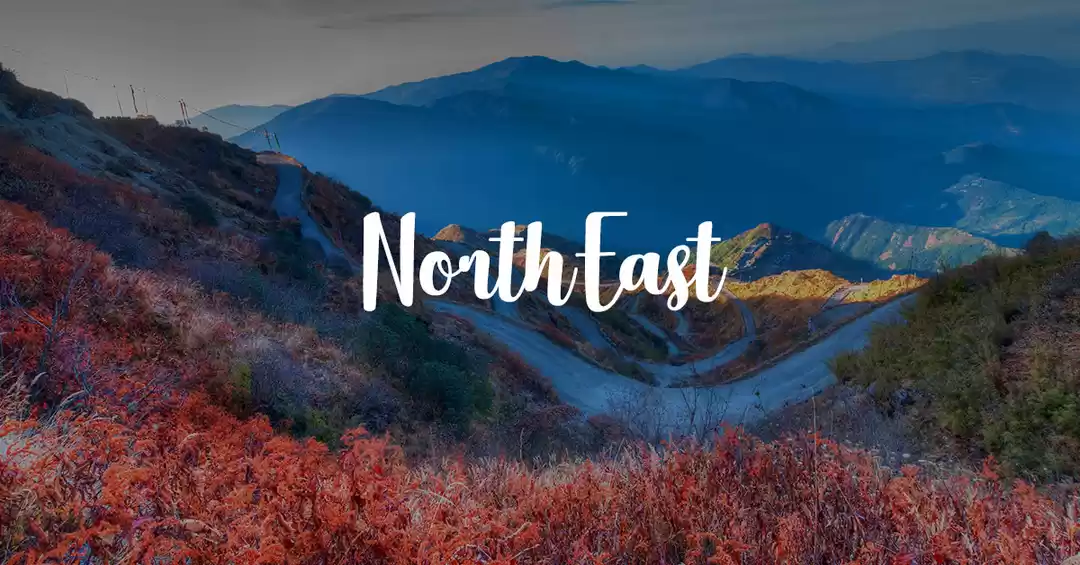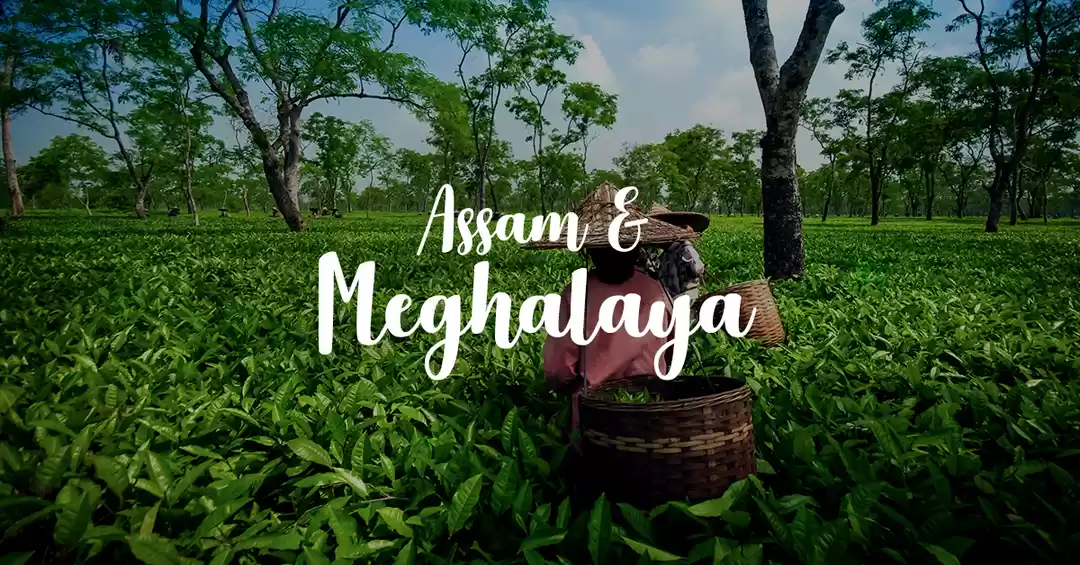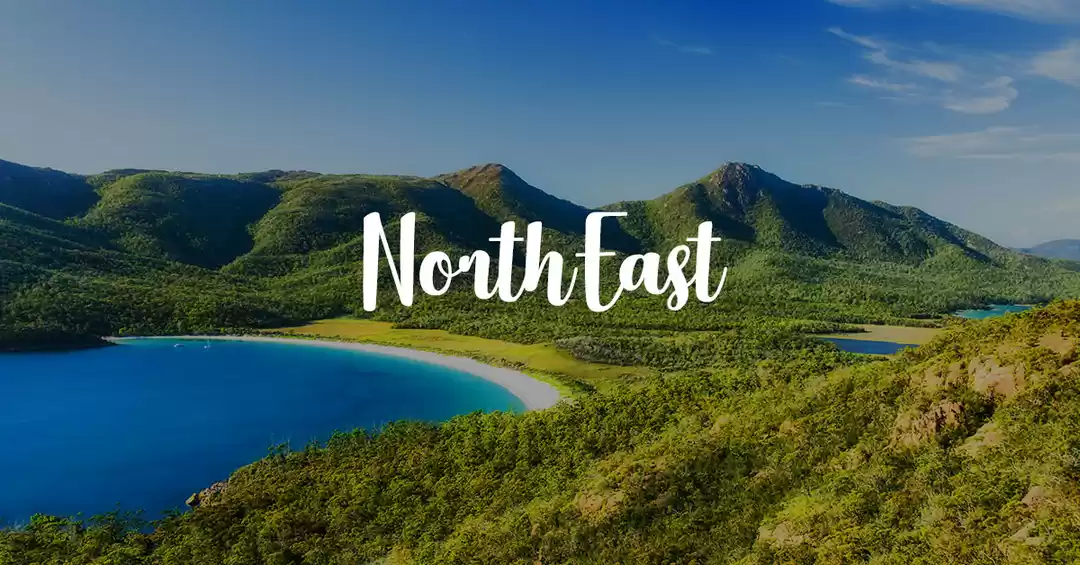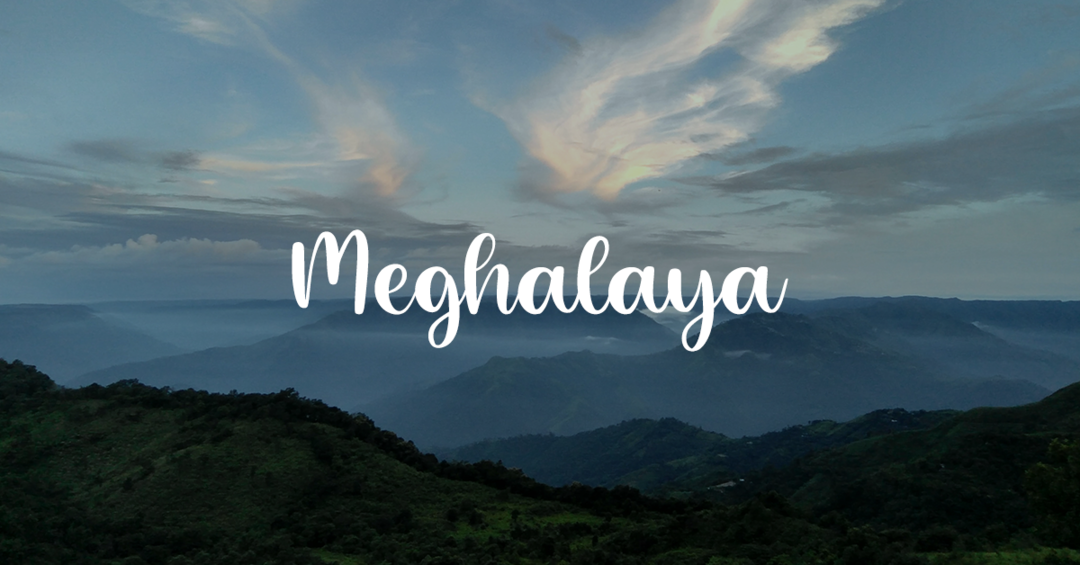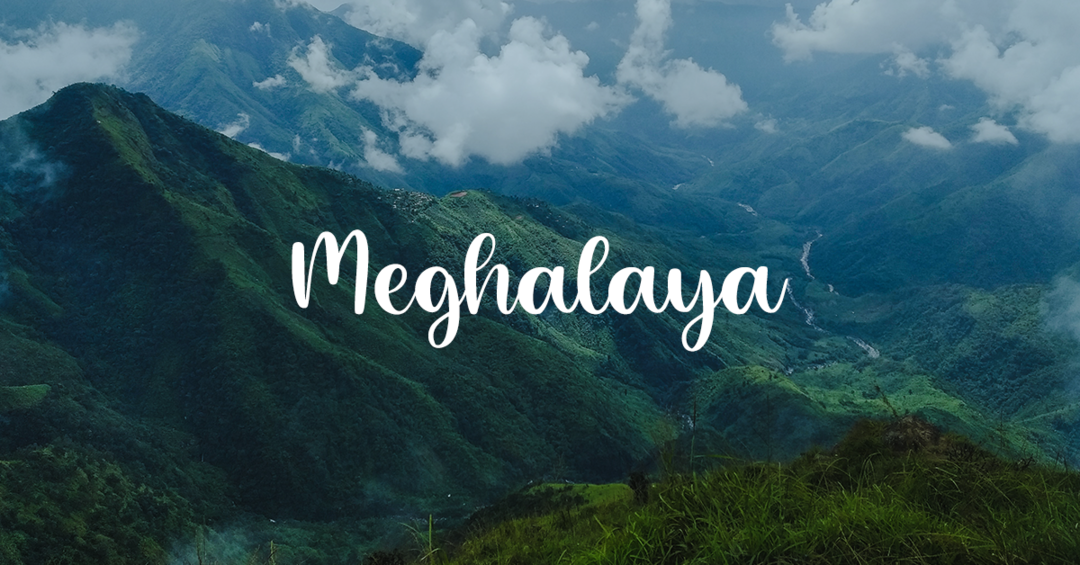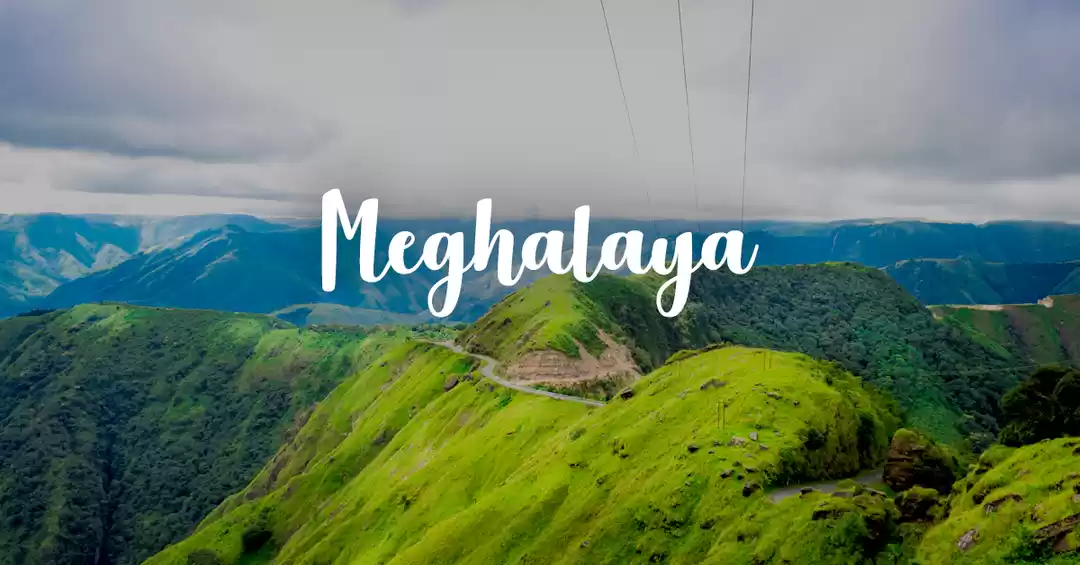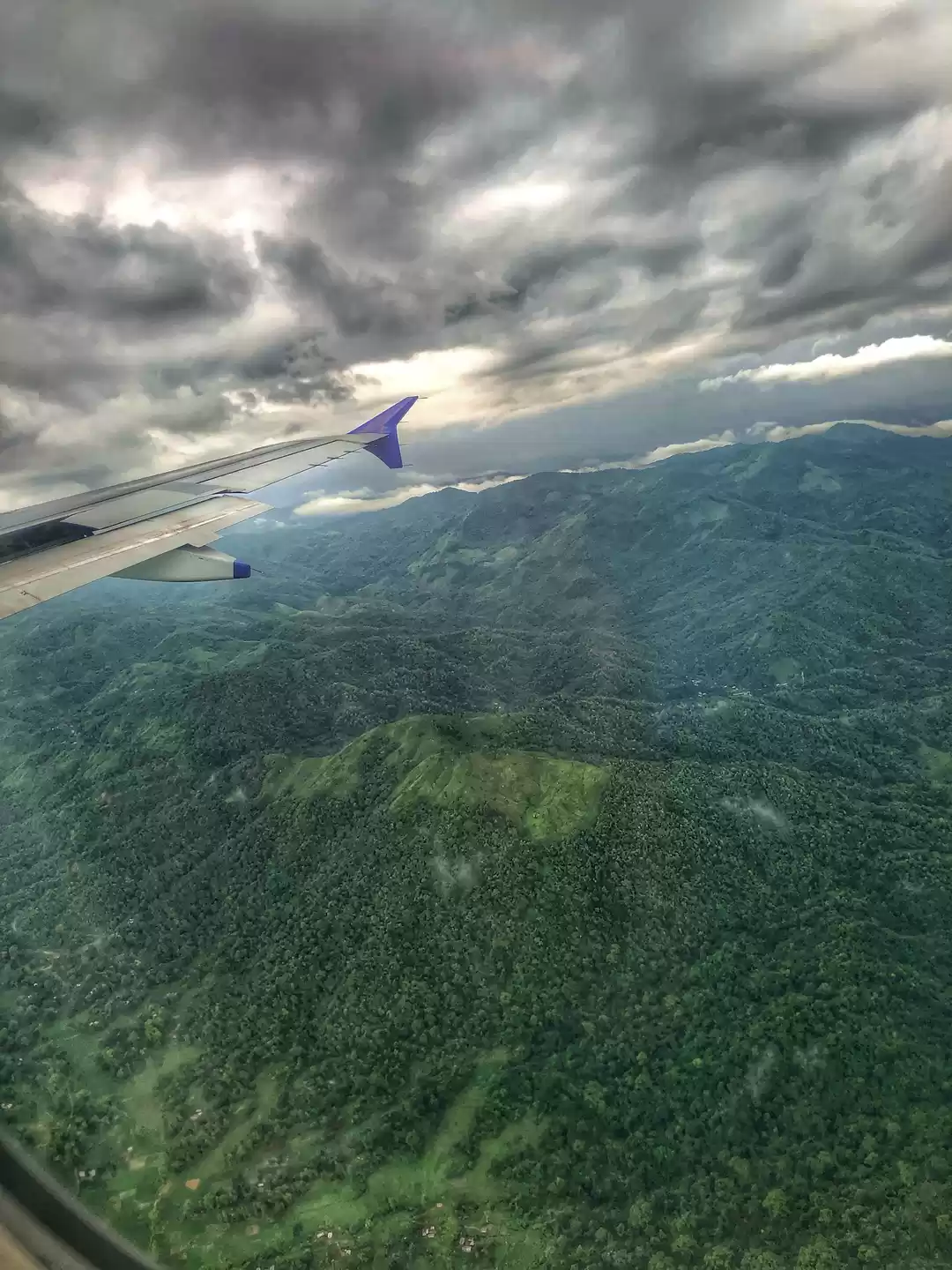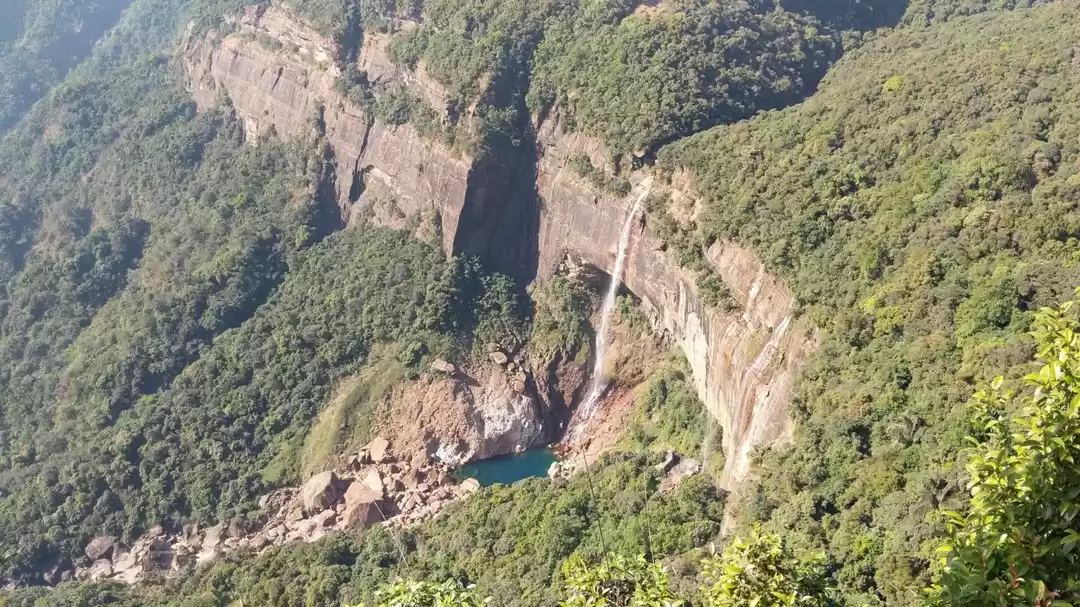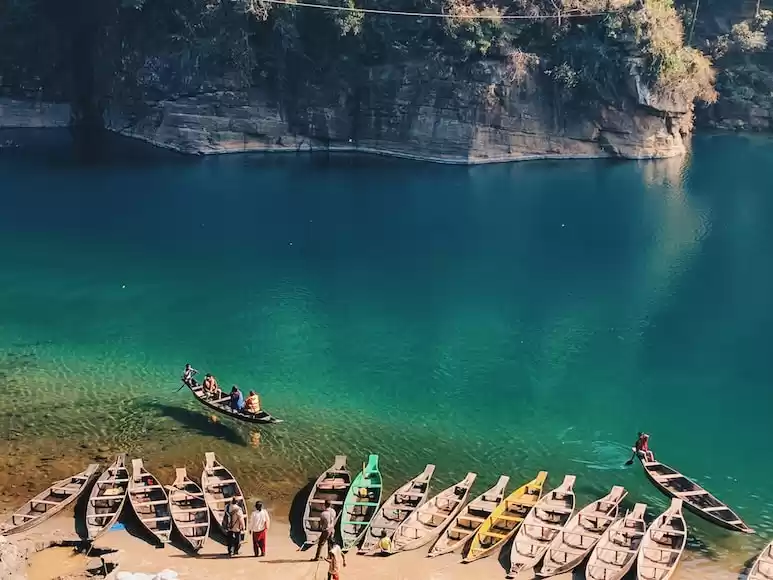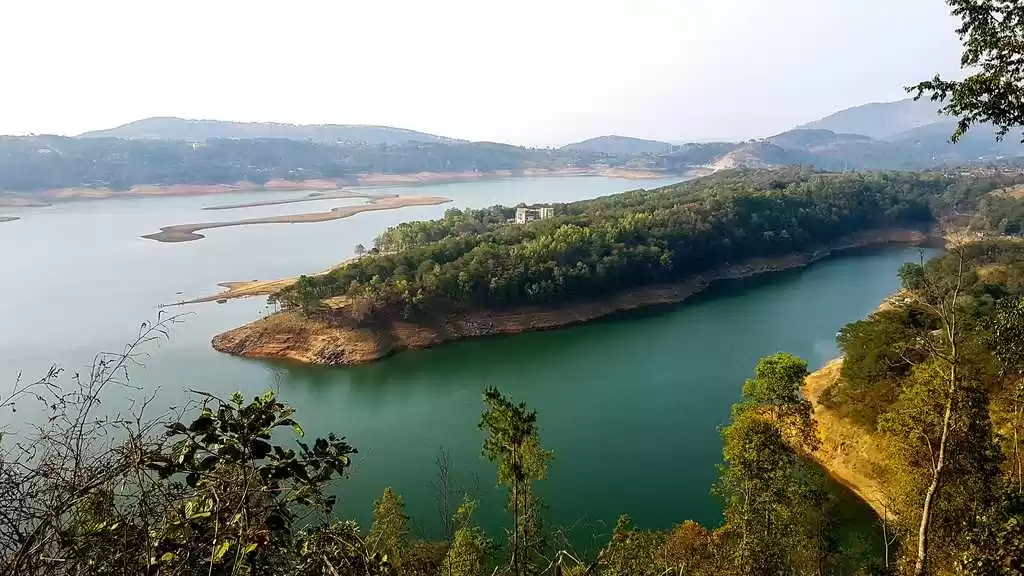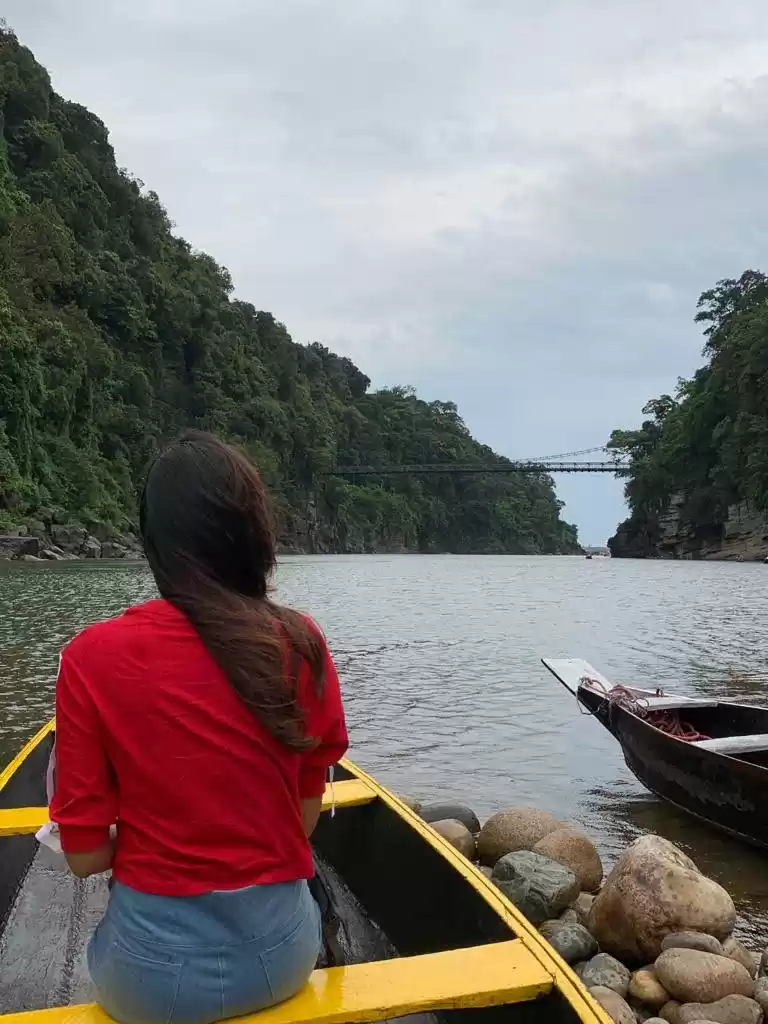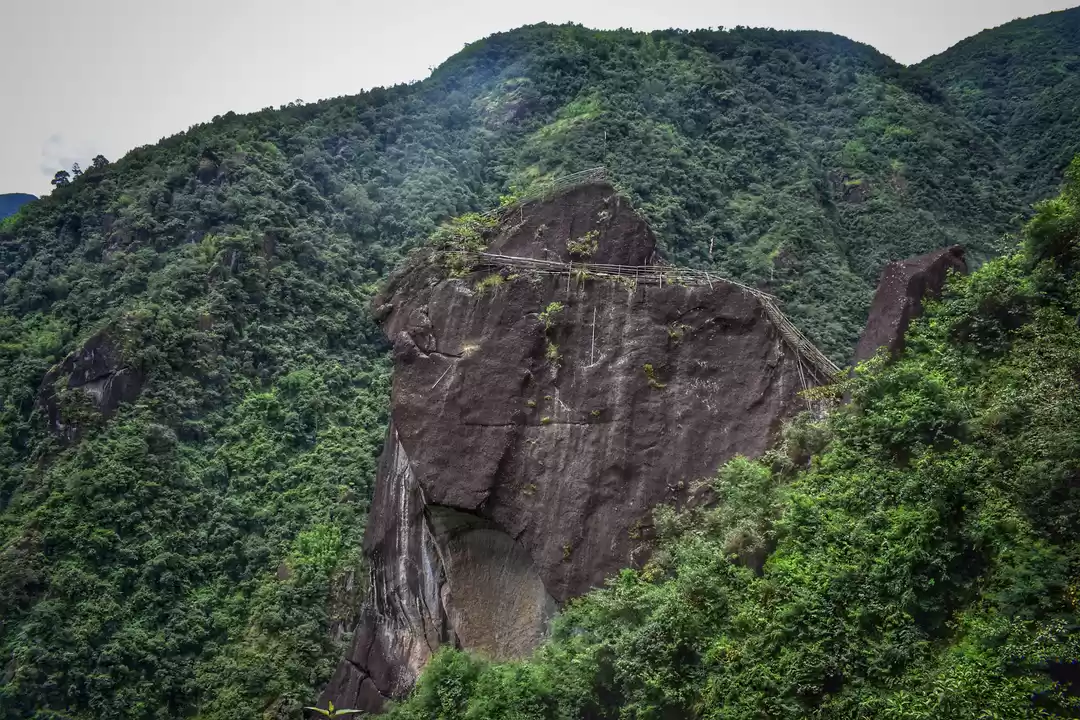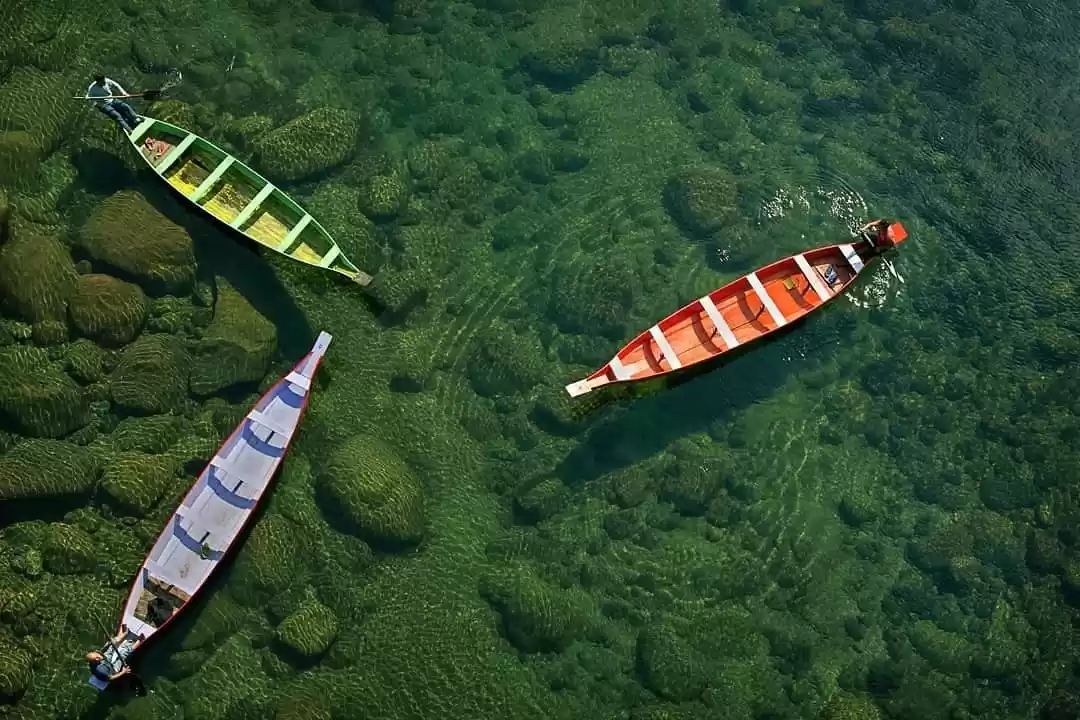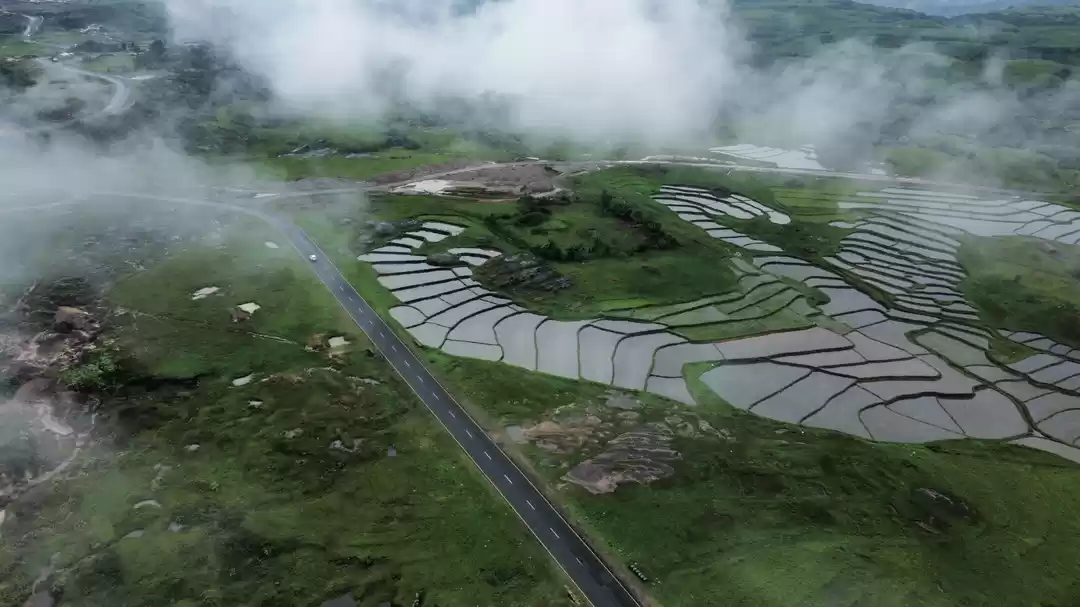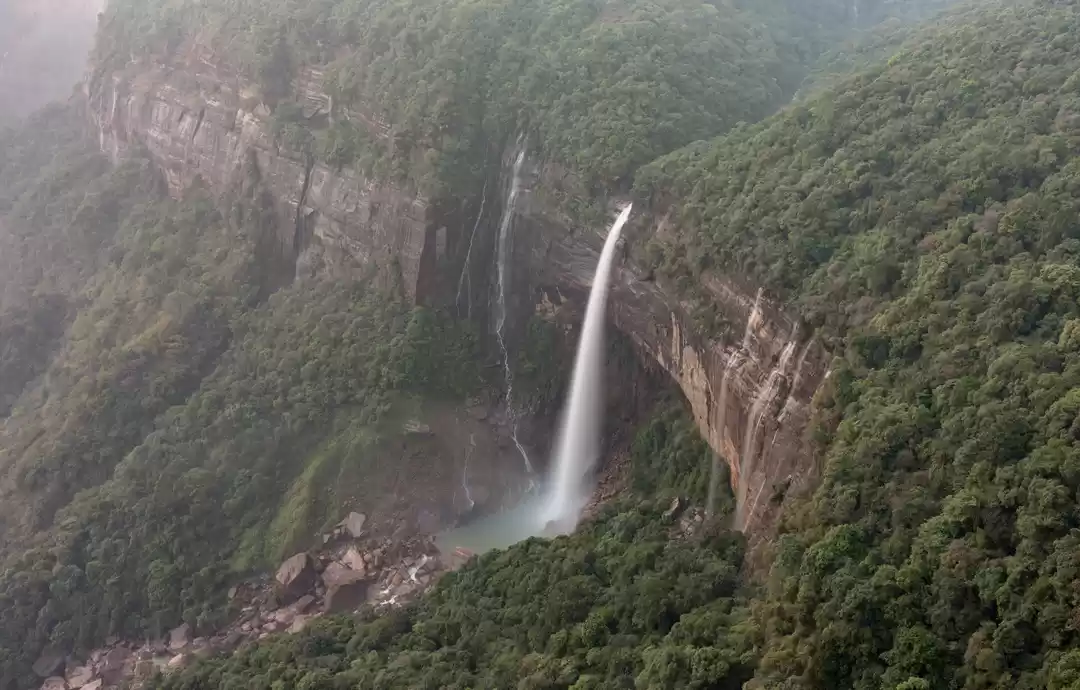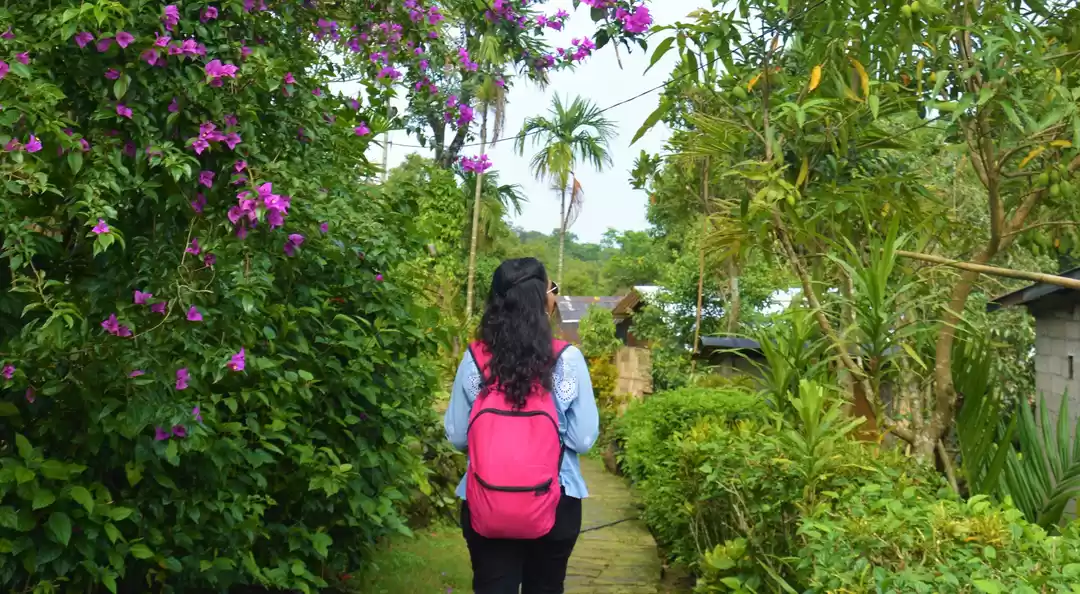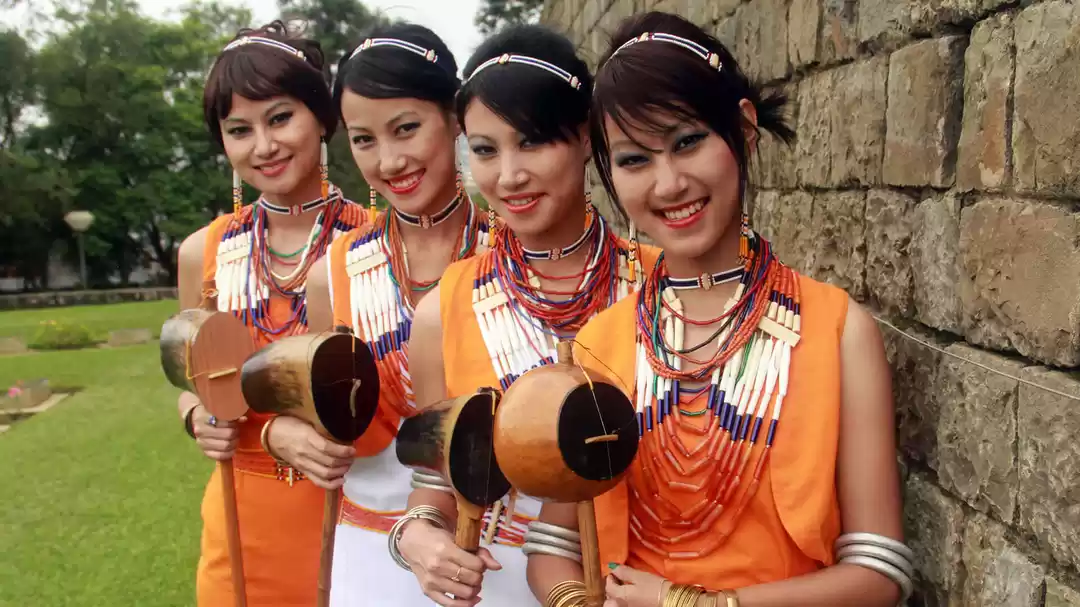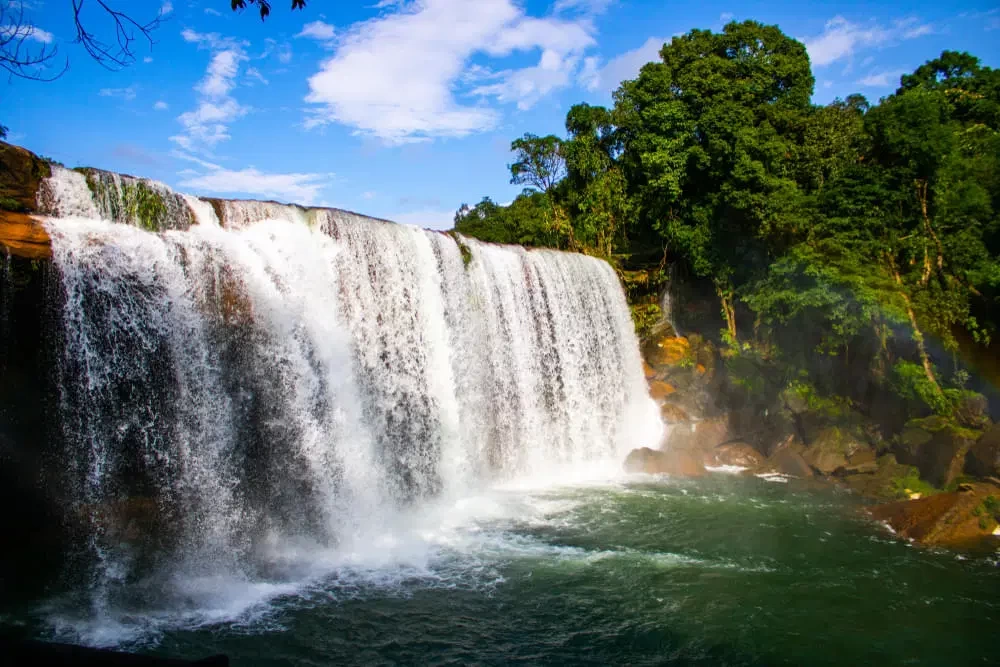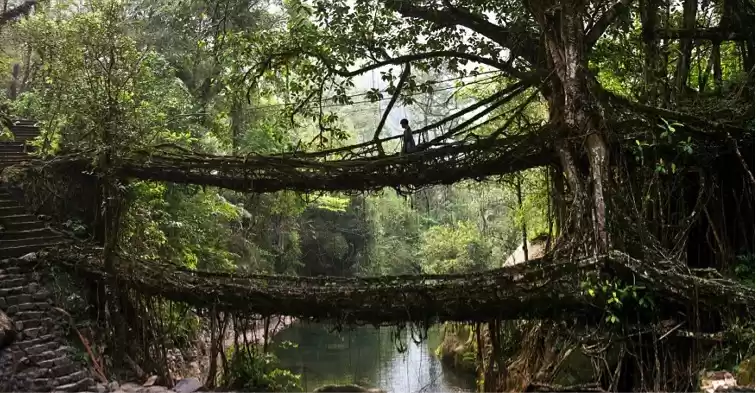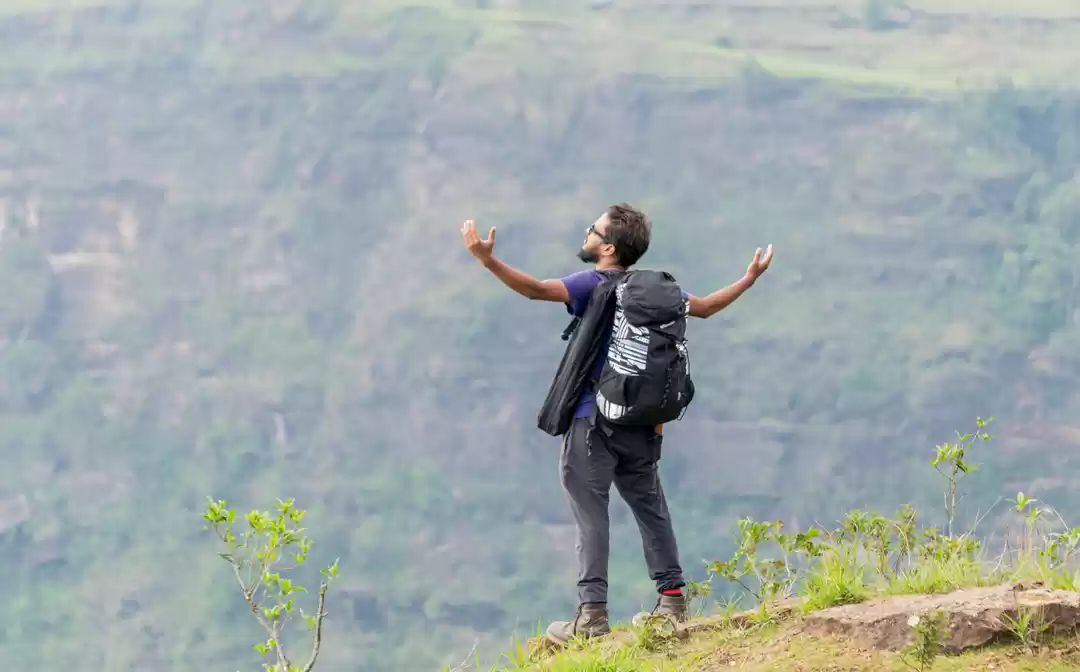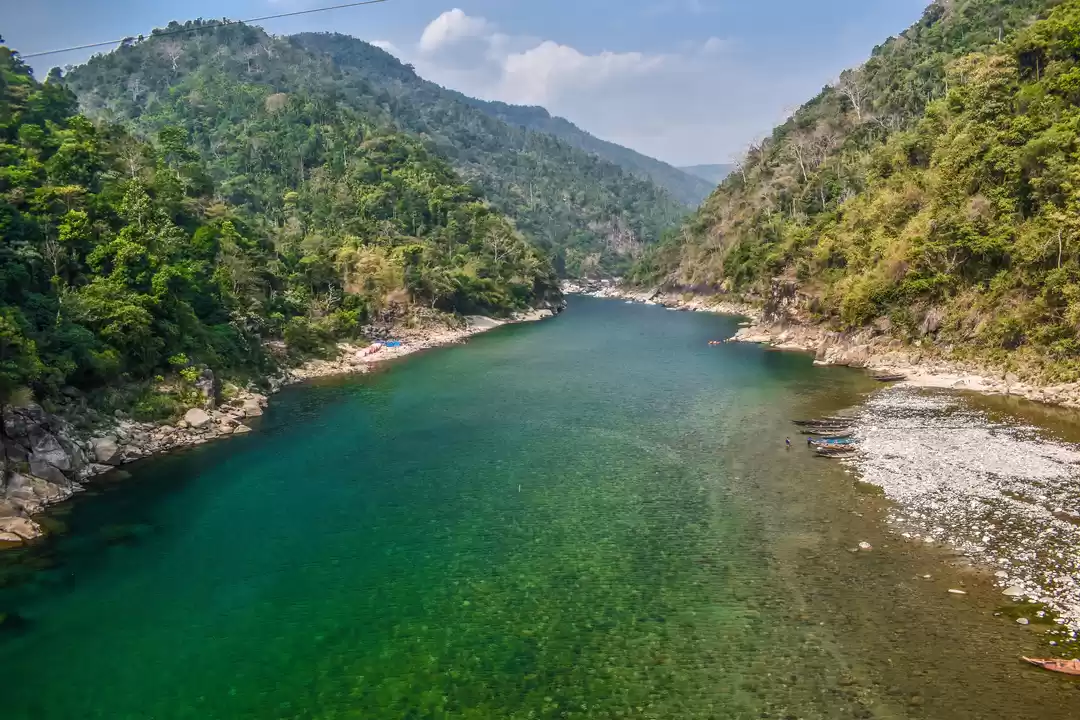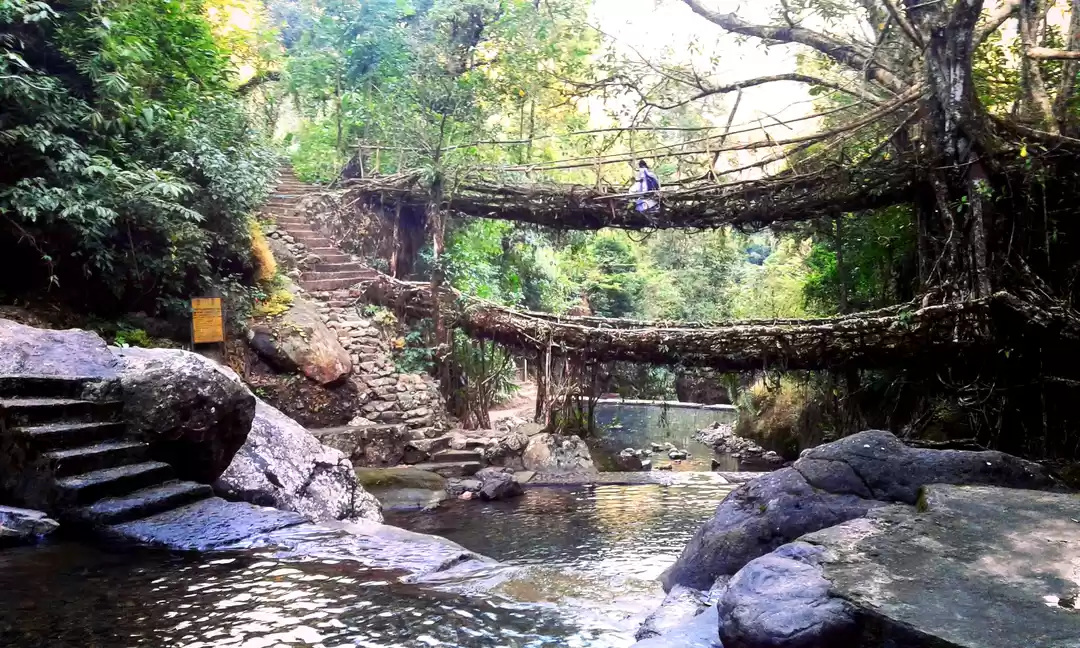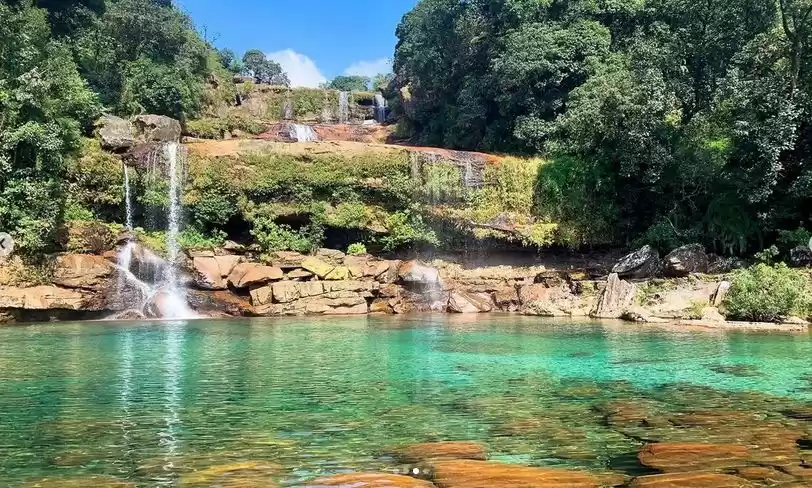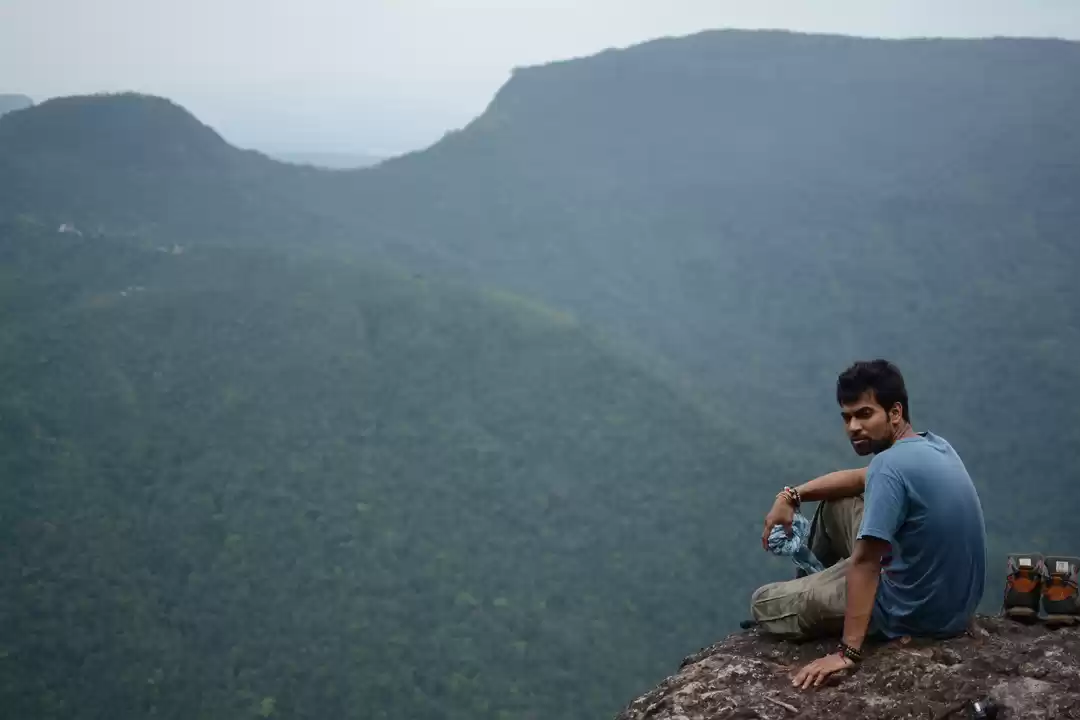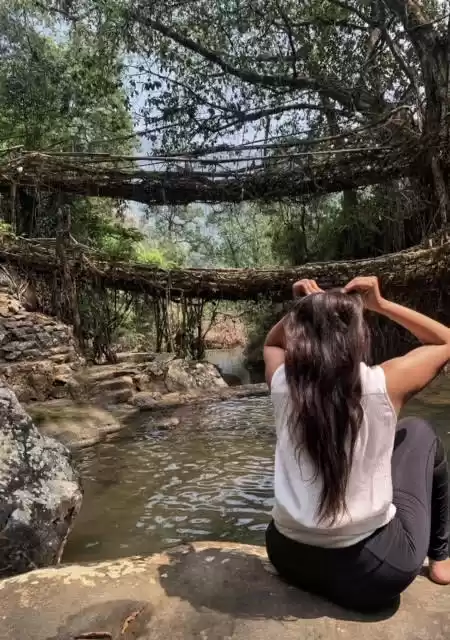
"Living root" bridge is the most famous bridge found in the wettest place on the Earth called Cherapunji (Sohra) the old name as the Britishers at that time couldn't pronounced the name Sohra , which they used to pronounce as "chura" and punji is a small village there , so together they came to be known as "cherapunji".
Situated in the capital of Meghalaya , Shilong a state in North Eastern Region , Cherapunji is the habitat of "Khasi" tribe that is believed to be traced back from the 16th century and are largely Christian and have a matriarchal social system. It is a female dominated place where you see most of the women are engaged in the activities like selling local foods, selling other local products, engaging in the farm etc.
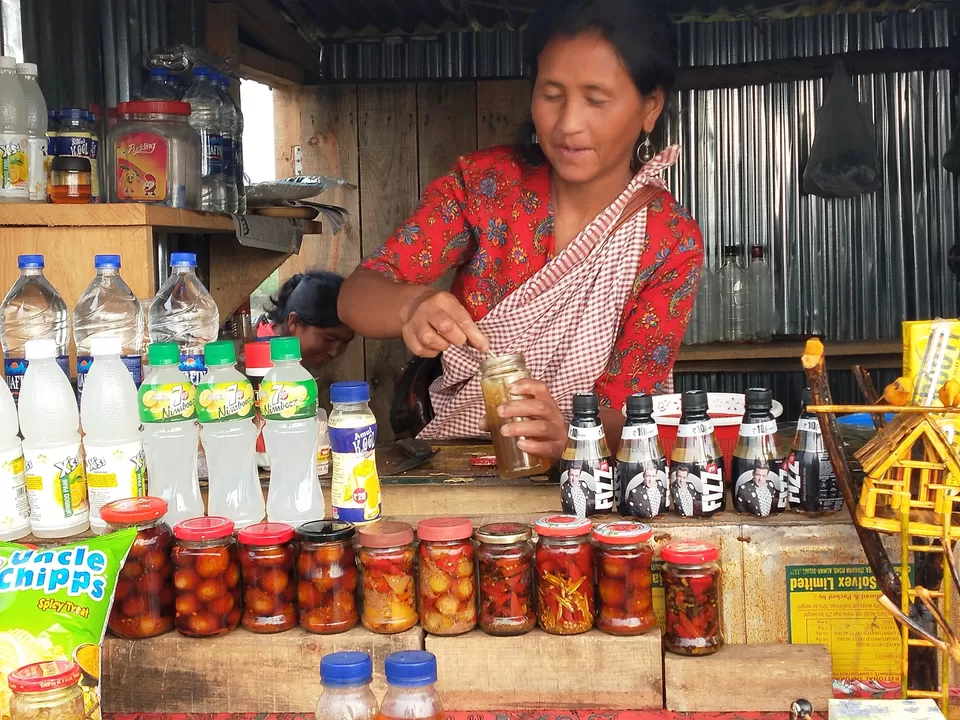
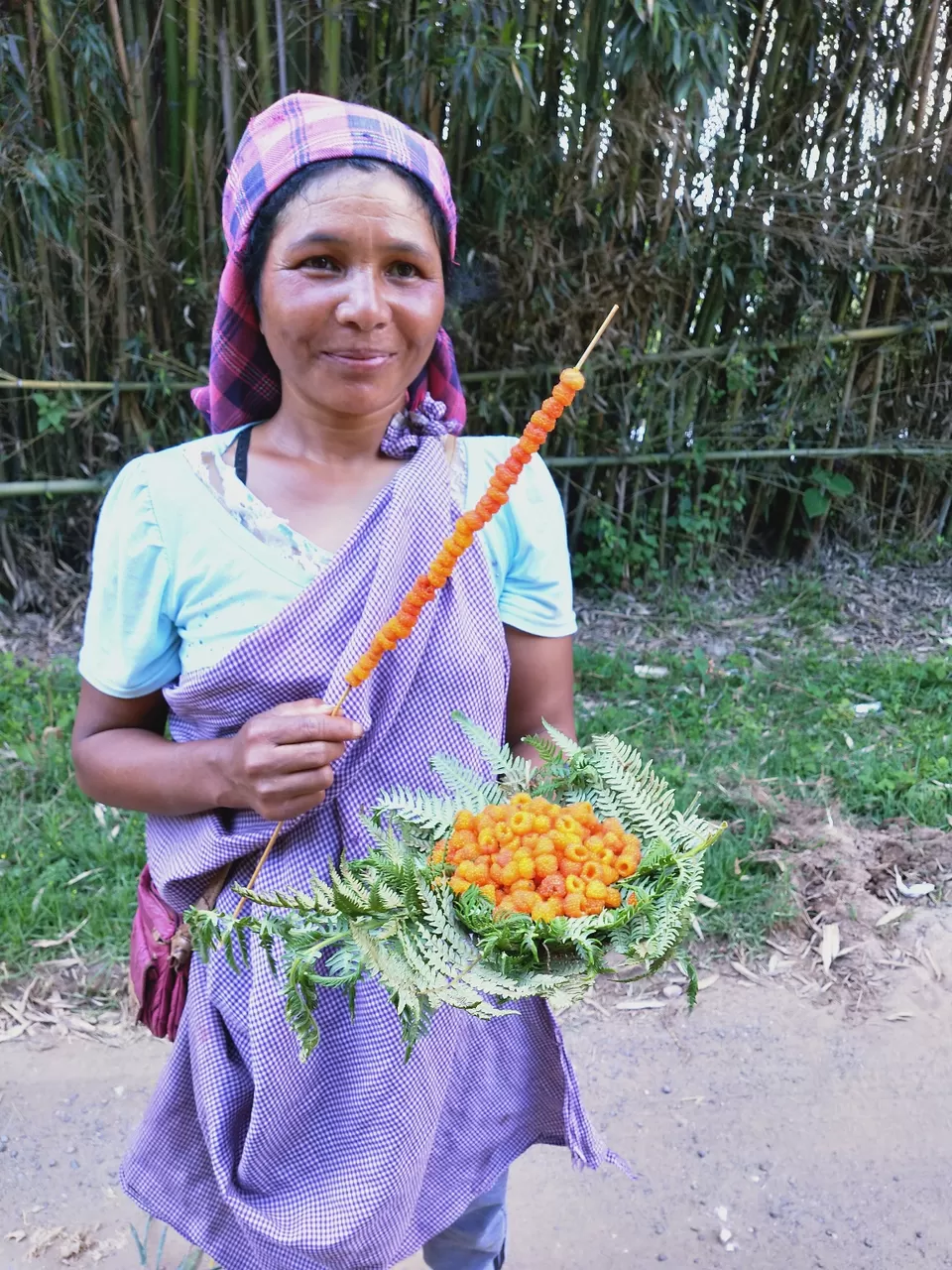

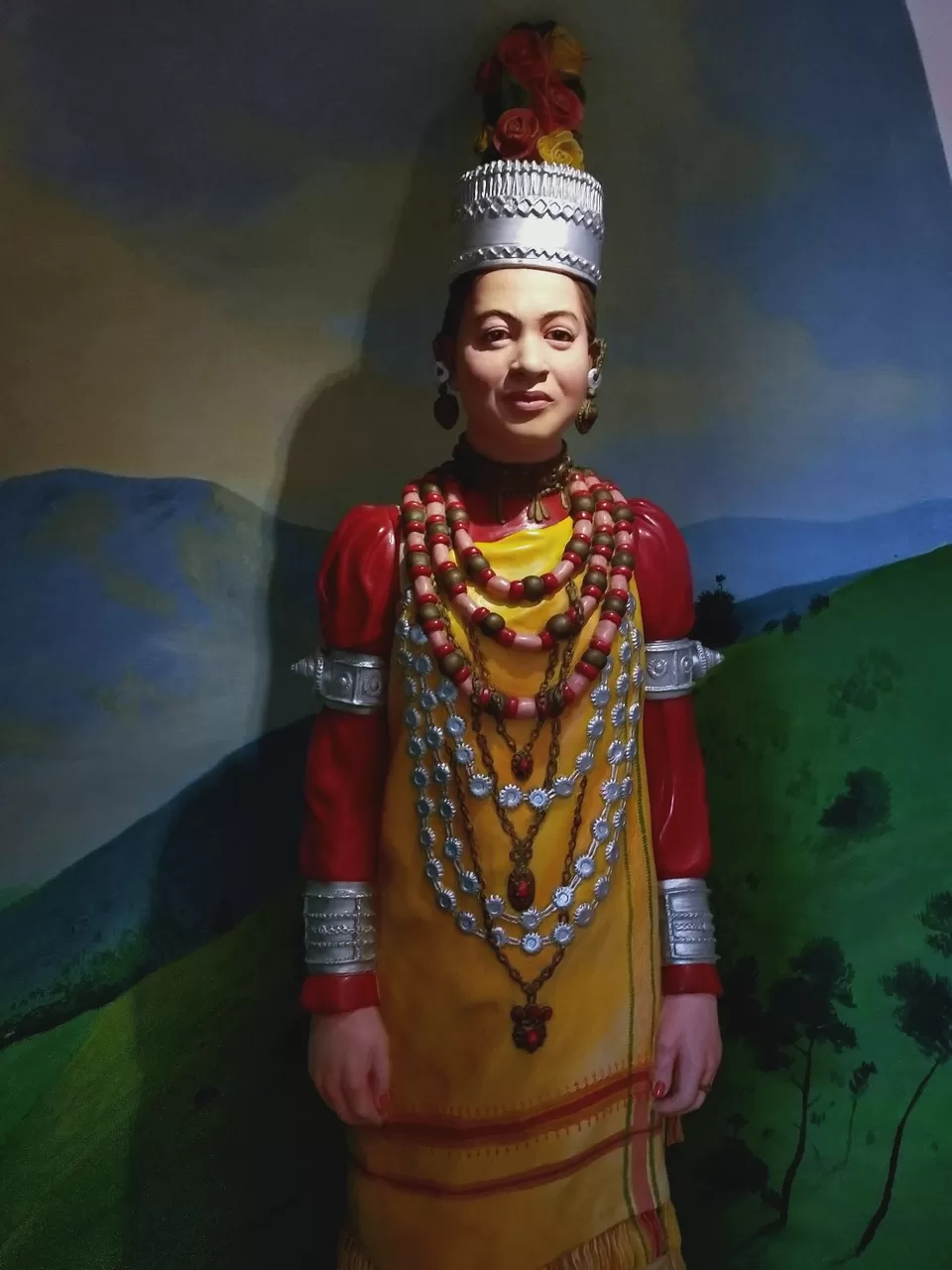
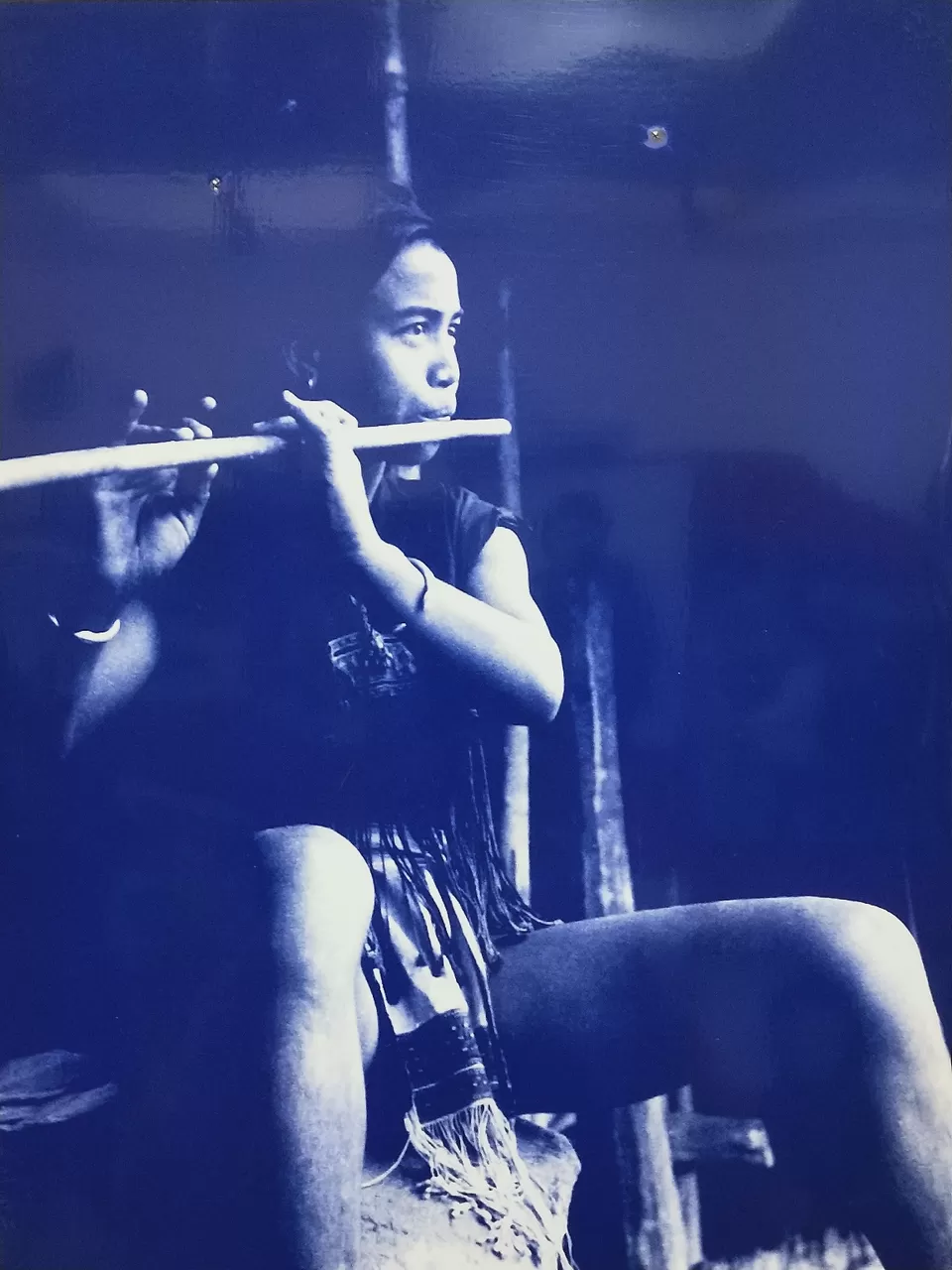
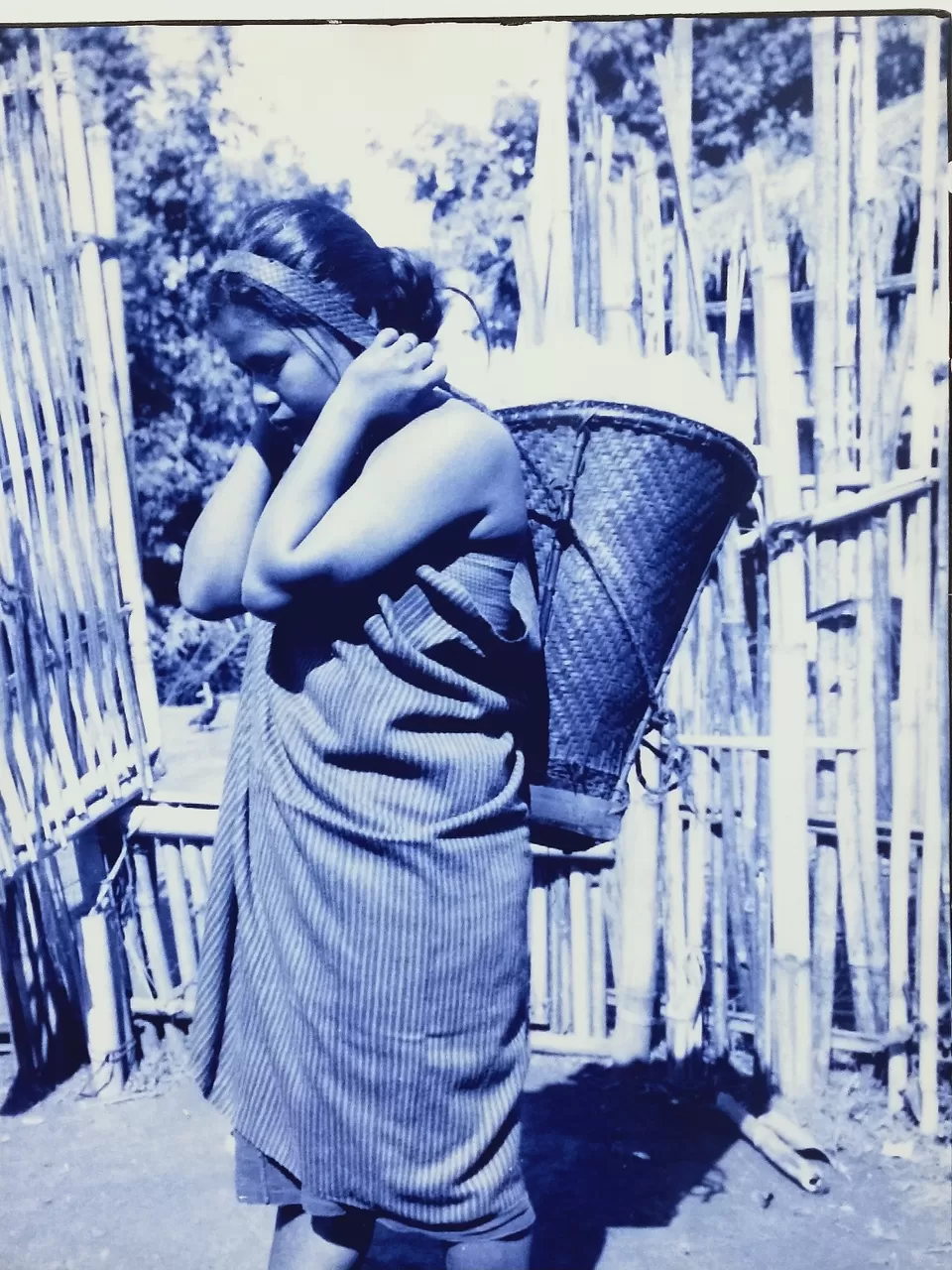
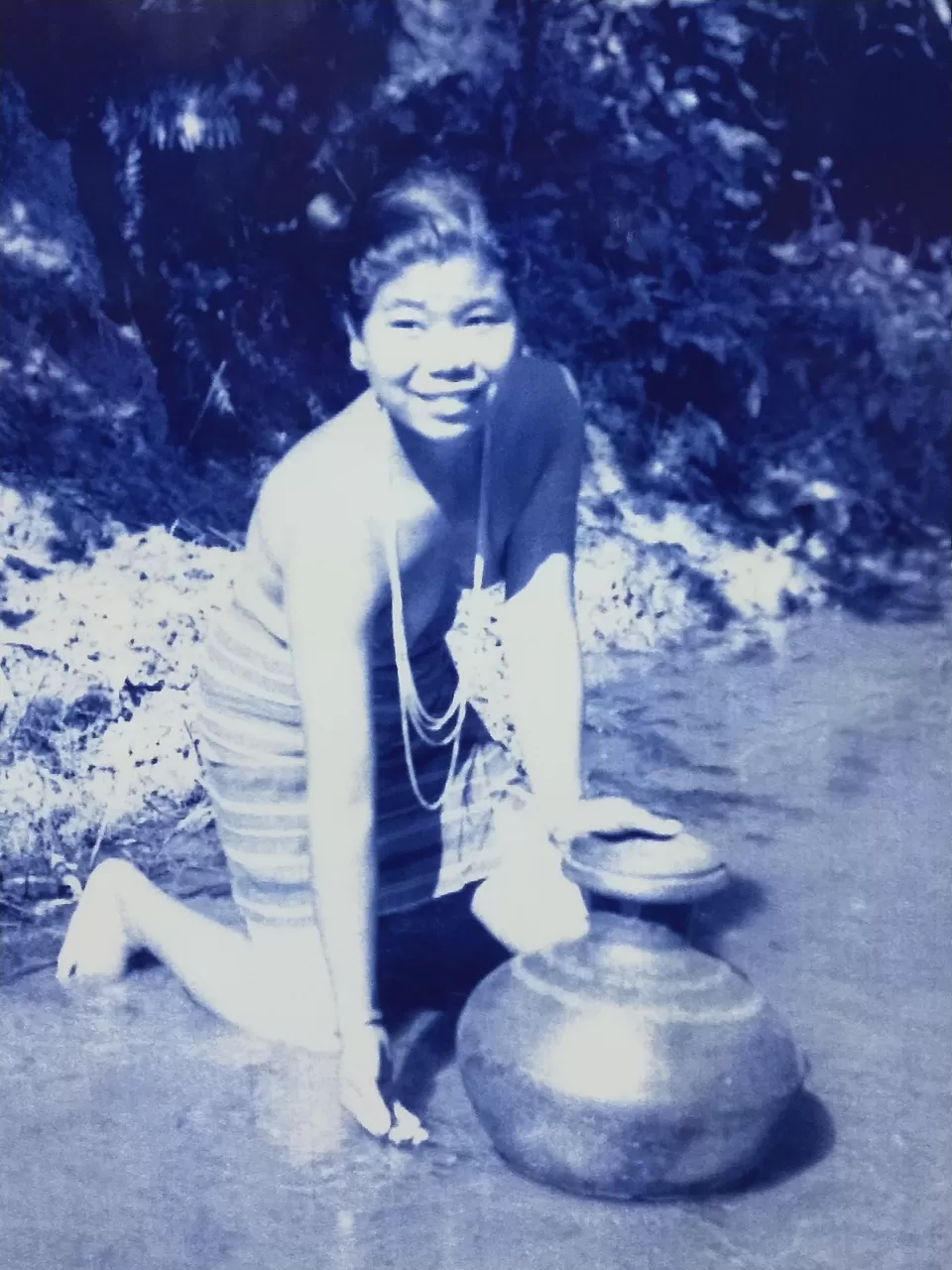
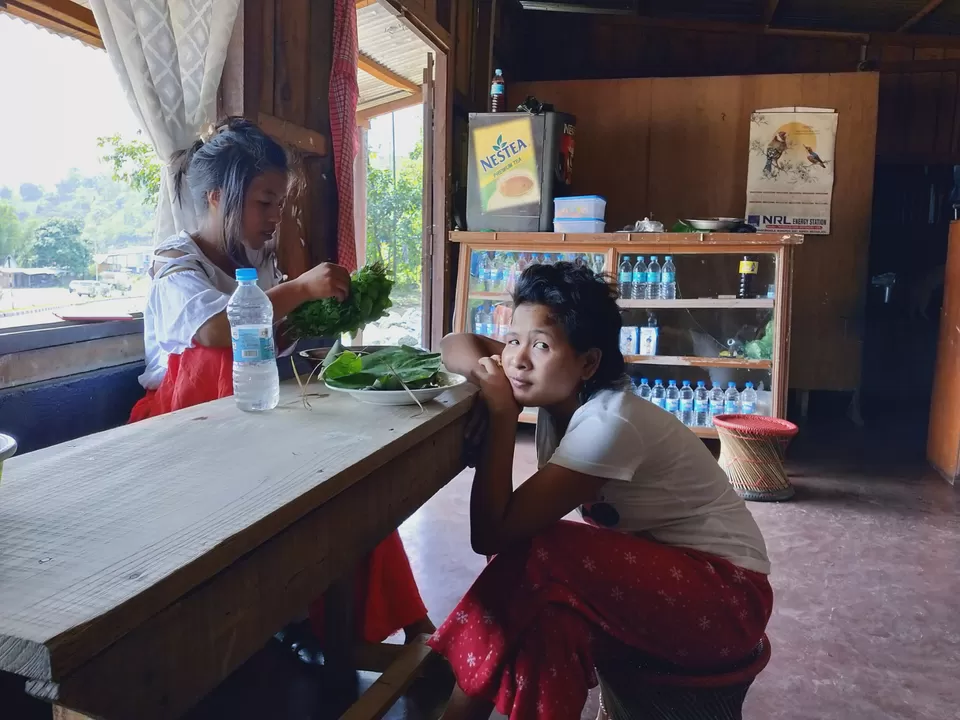
Interestingly, cherapunji is noted for having the world's highest rainfall. However, this place faces the accute shortage of portable water. The place is noted for enormous number of water falls, lush greenery, honey, and most famous living root bridges. Some of the famous waterfall of the region are Nohkalikai waterfall, Kenrym , mawsmai and rainbow waterfall.
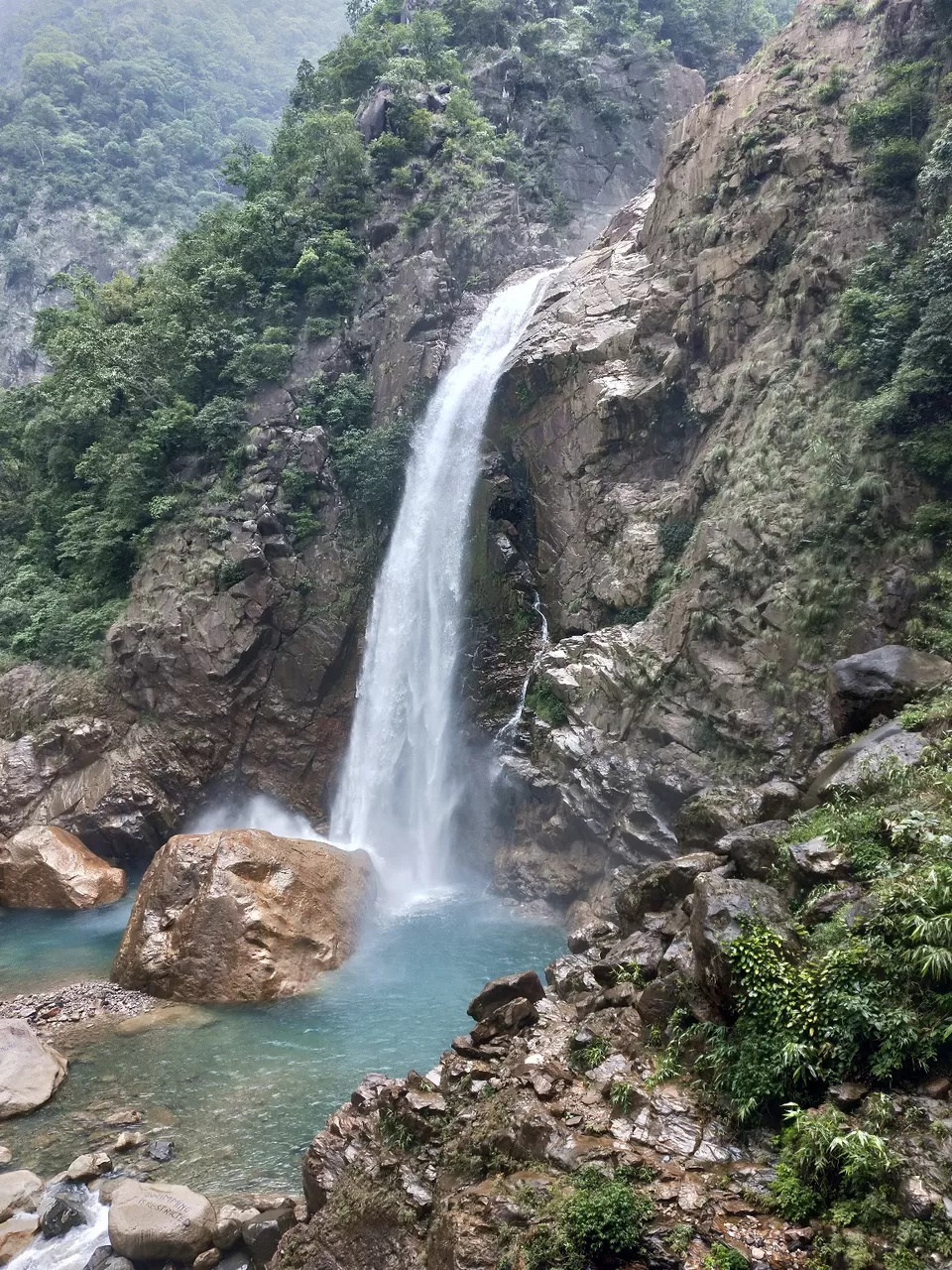
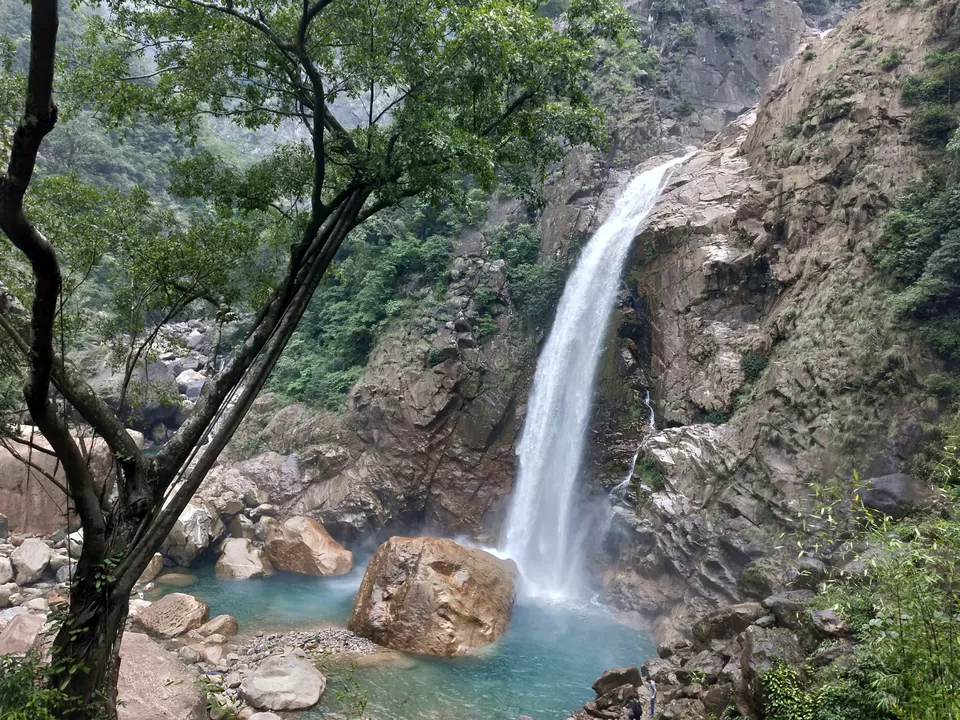
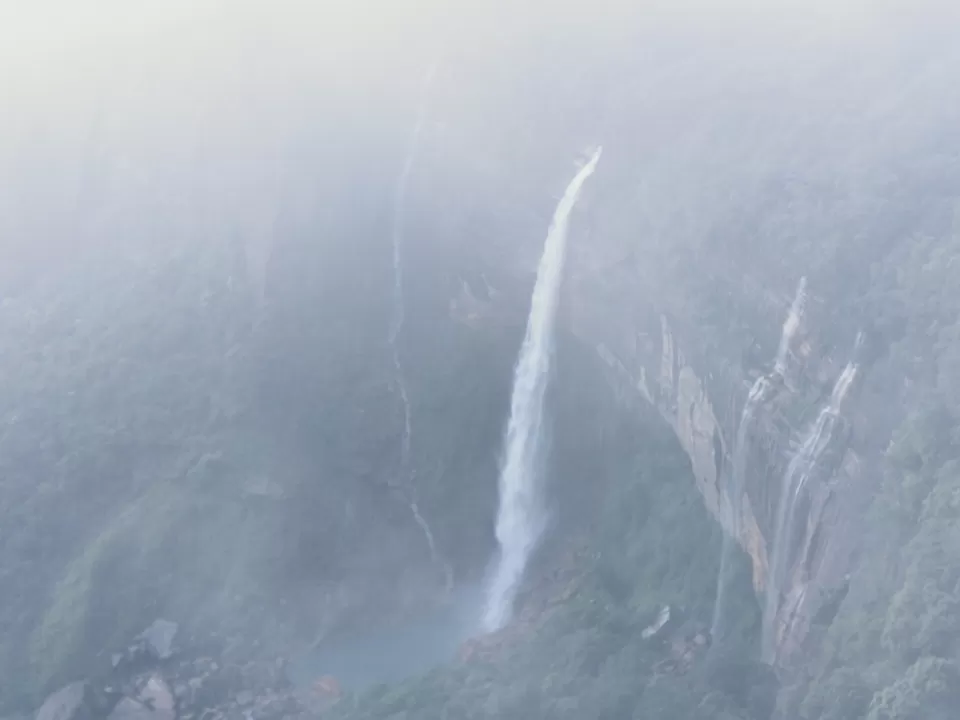
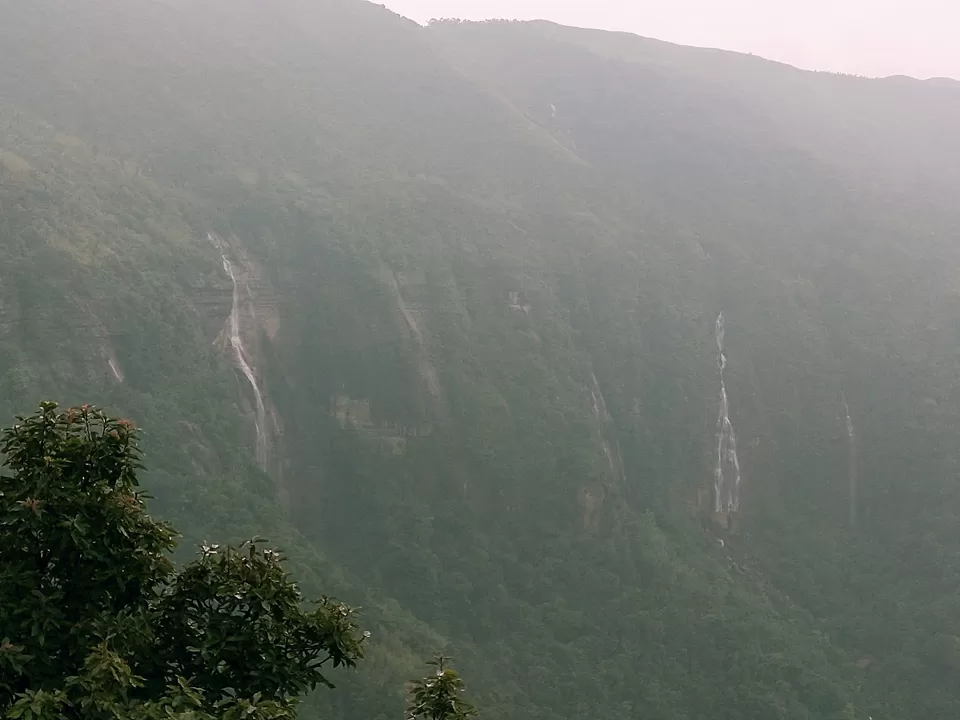
Living Root Bridges - unexplored & Infamous among Indians
Bridges here are not built, but grown. The bridges here are grown over a period of time and are main attractions in the state of Meghalaya. These bridges are made of tangled thick roots of the rubber treea that provide formidibality to the structure and make it possible for the people to pass the river bank. The bridges are of different shapes and forms, like some of them are over 100ft. long and take approximately 10-15 years to attain the perfect shape and form. Once it's fully grown and form into the shape, the bridges can last up to 500 years. These bridges are one of the aberrant creation of Khasi people of the Nongriat Village of the Cherapunji region.
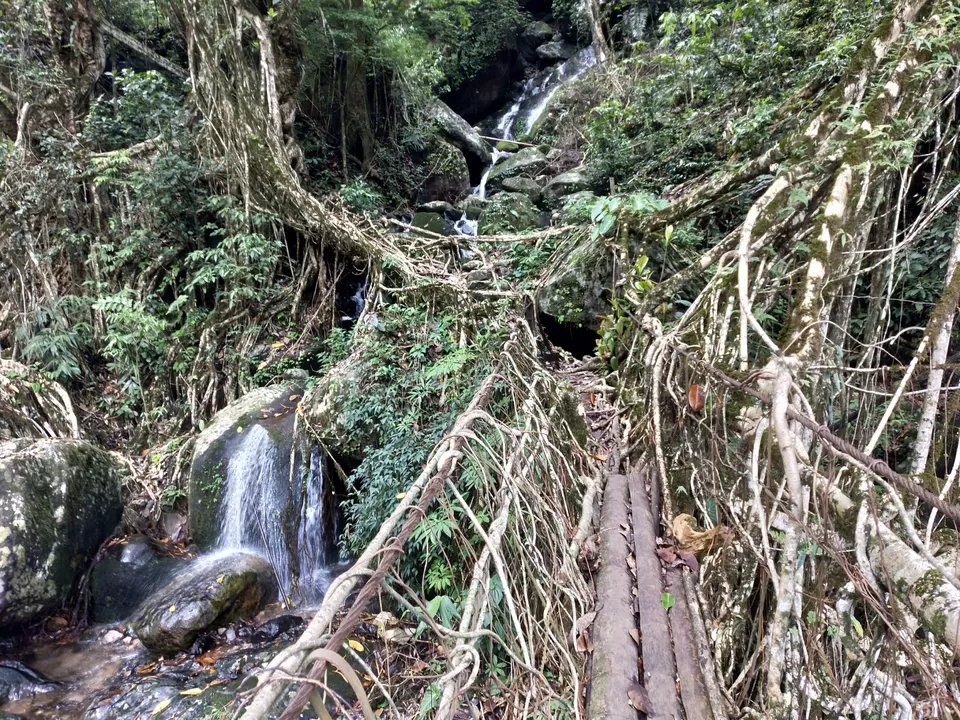
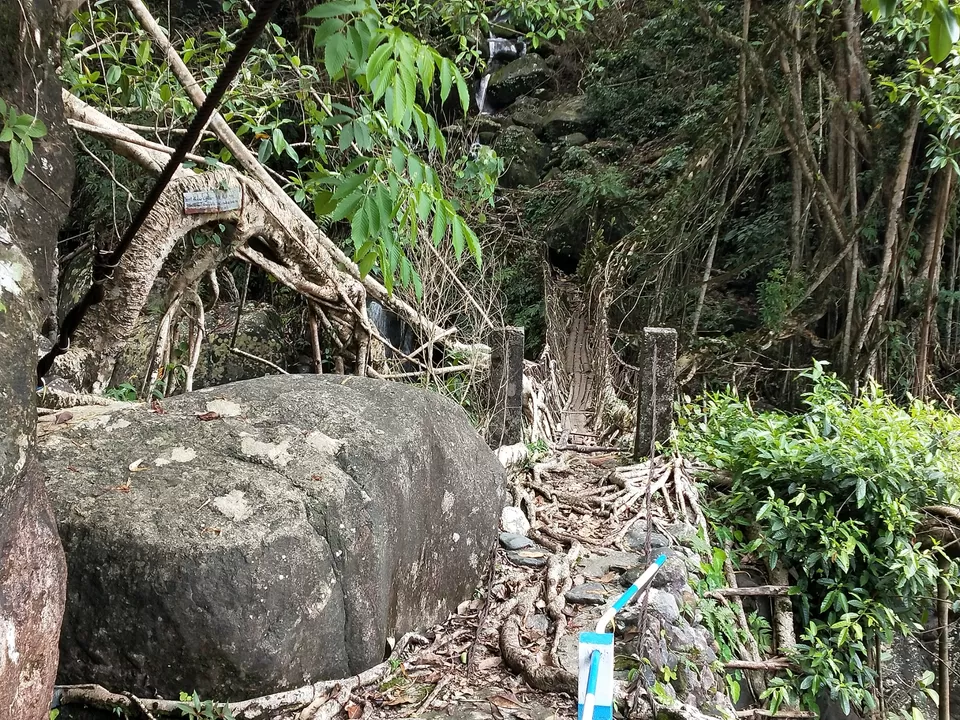
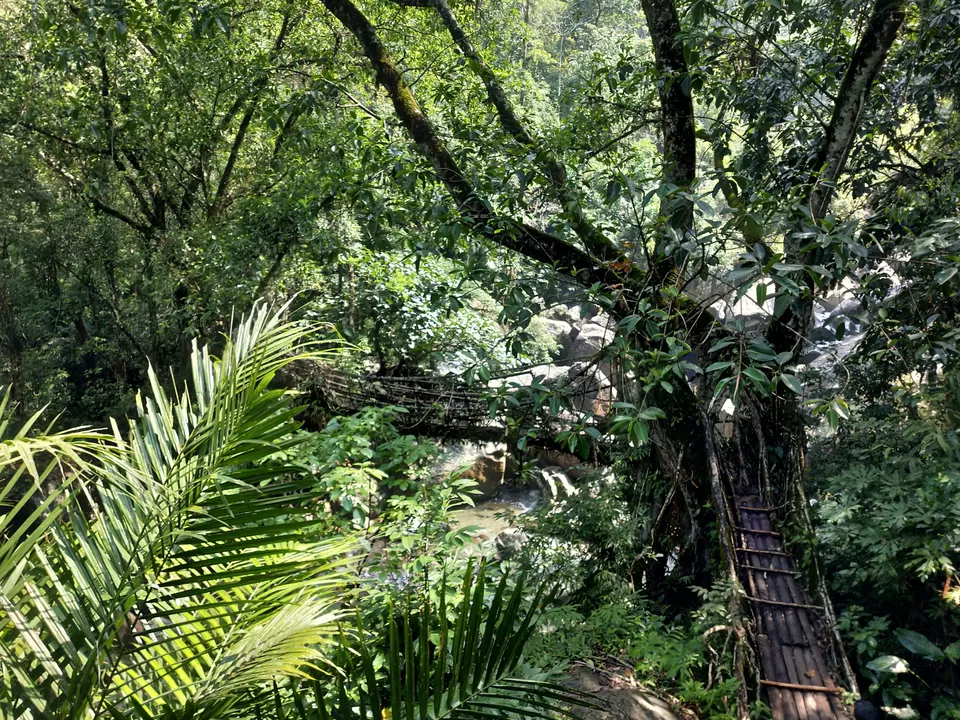
There are total 4 living root bridges starting from long root bridge to Mawsynram bridge. Living root bridge is the first point of attraction that you'll see and explored once you walk for almost an one and half hour or approximately 900 steps towards the sea level. Most of the Indian tourist they come to visit this bridge as it's quite manageable to walk and steps are also in proportion to walk in.
Next, the Double Decker root bridge, one has to walk another 2 hours to reach this place and before reaching double decker bridge, there is small village named "Nongriat" which is mostly popular for home stay. Tourist from Western part of the countries they stay in this village for a week or sometime month to explore the peace, and to know the living style of Khasi people and off course to yield into the nature, Forest, waterfalls, rivers, woods so on and so forth.
After crossing this beautiful village , there is famous double decker bridge. It is a two tier living root bridge and beneath this bridge there is a small water fall with swimming pool where people and swim in the fresh and blue spring water.
Mawsynram living root bridge is the last and most beautiful bridge among all the bridges, before reaching the final destination of the spot "rainbow fall" . The reason why I say this bridge "beautiful" in spite double decker which attracts the tourist most is, because the way two bridges connecting simultaneously to each other and also there is long steel bridge just a step before reaching this meticulous bridge. Lastly, this is the point where the roads towards the rainbow fall is quite difficult to manage because of it's Stony path, dense jungle and the heights of the path from water level, and this is last bridge that you'll see, after that there is no bridges or villages. You'll get only one small shop on the way towards rainbow fall that will serve tasty Maggie and tea worth RS 30 and 10.
